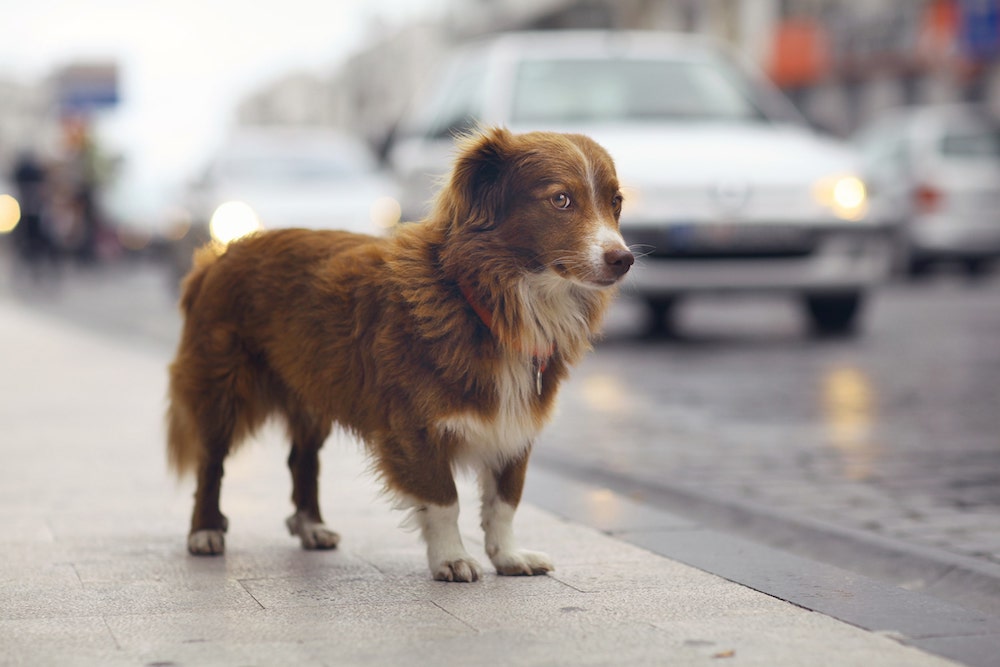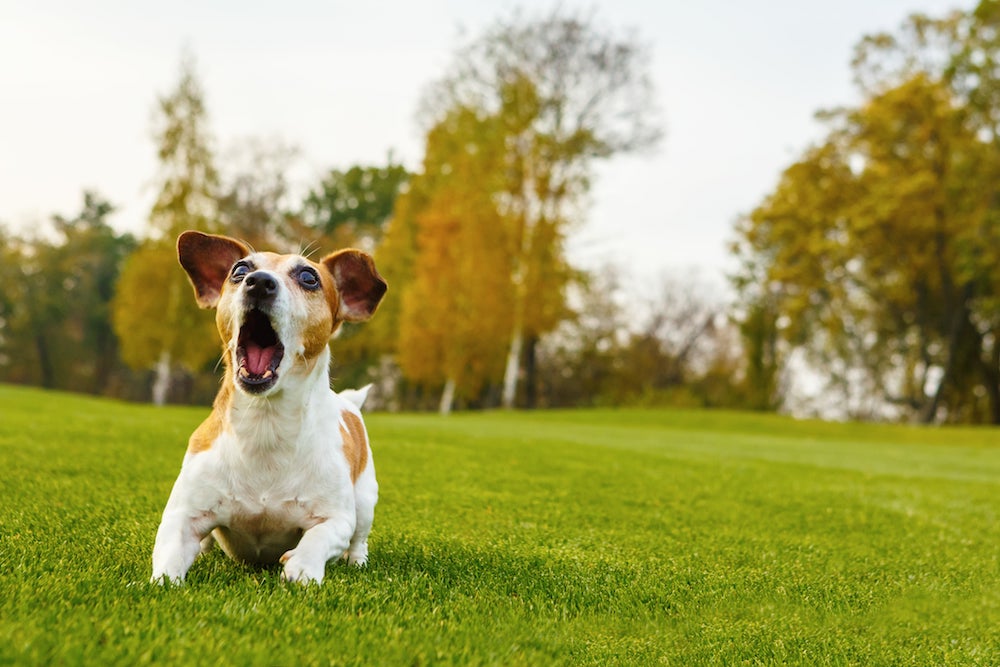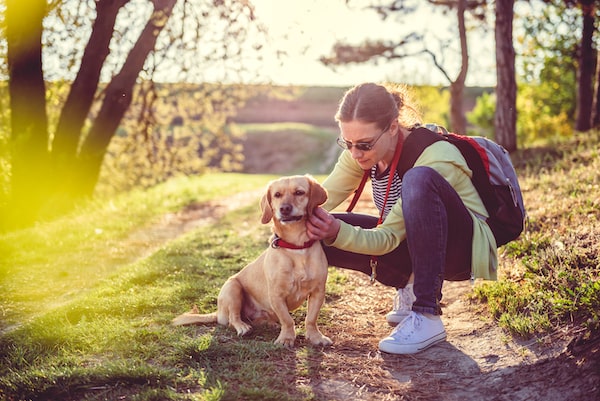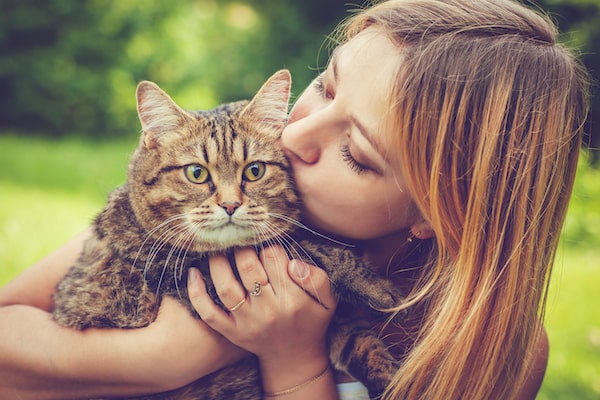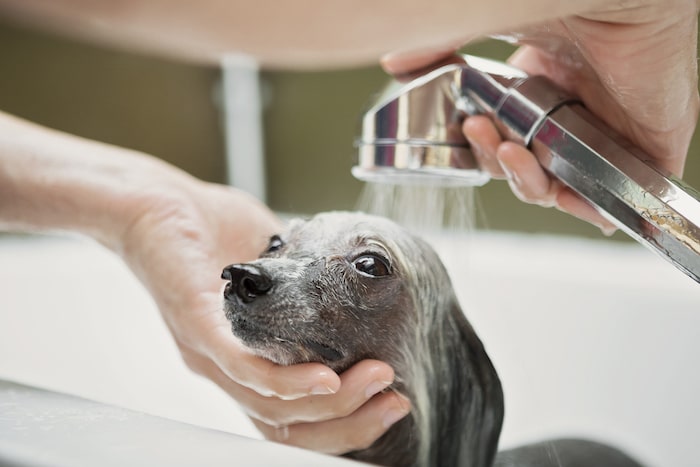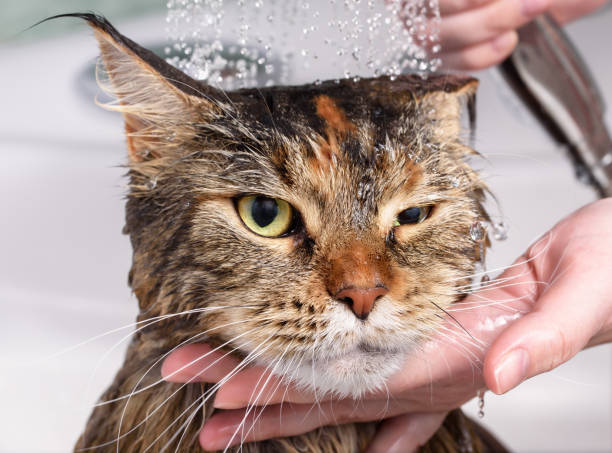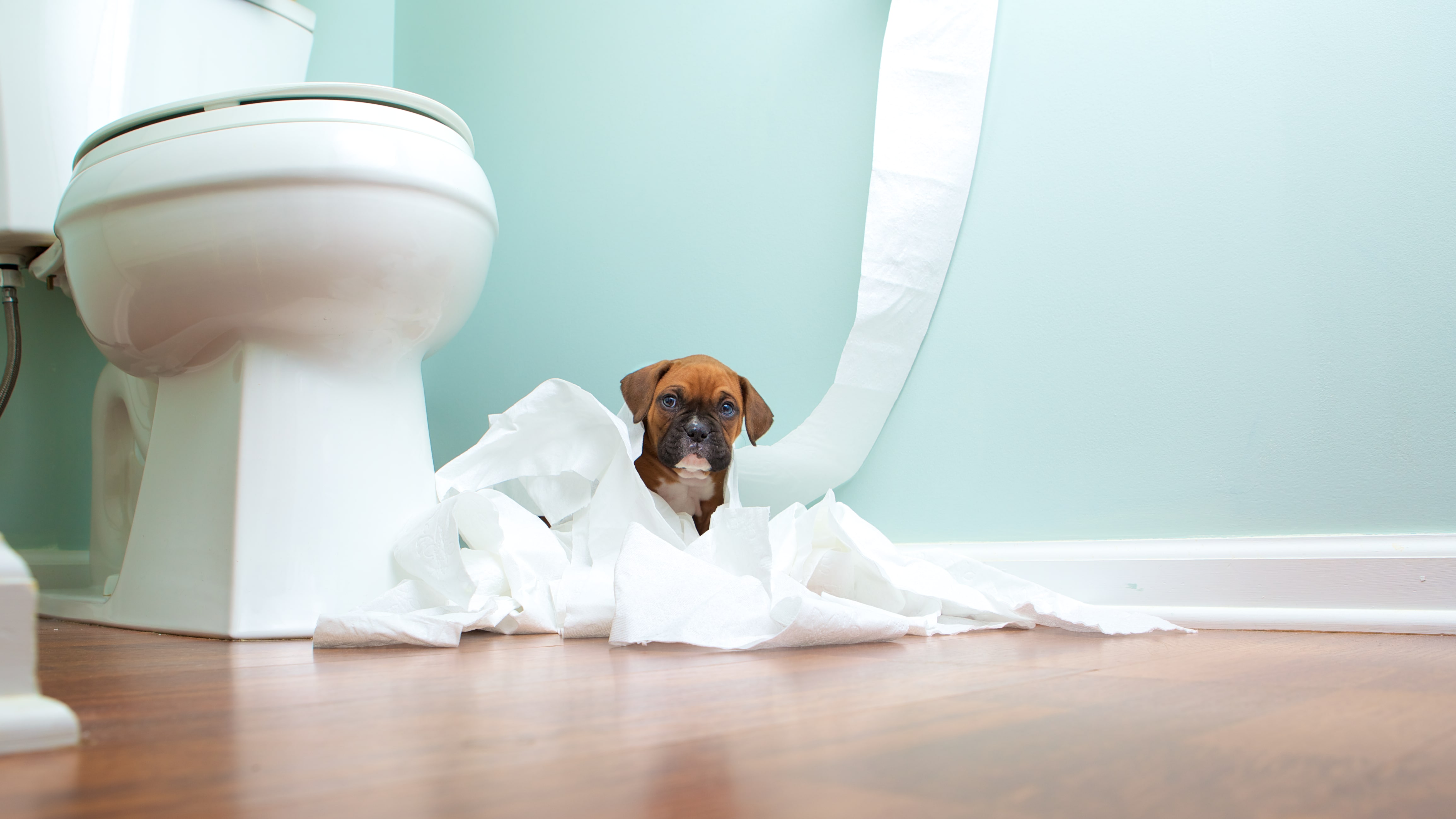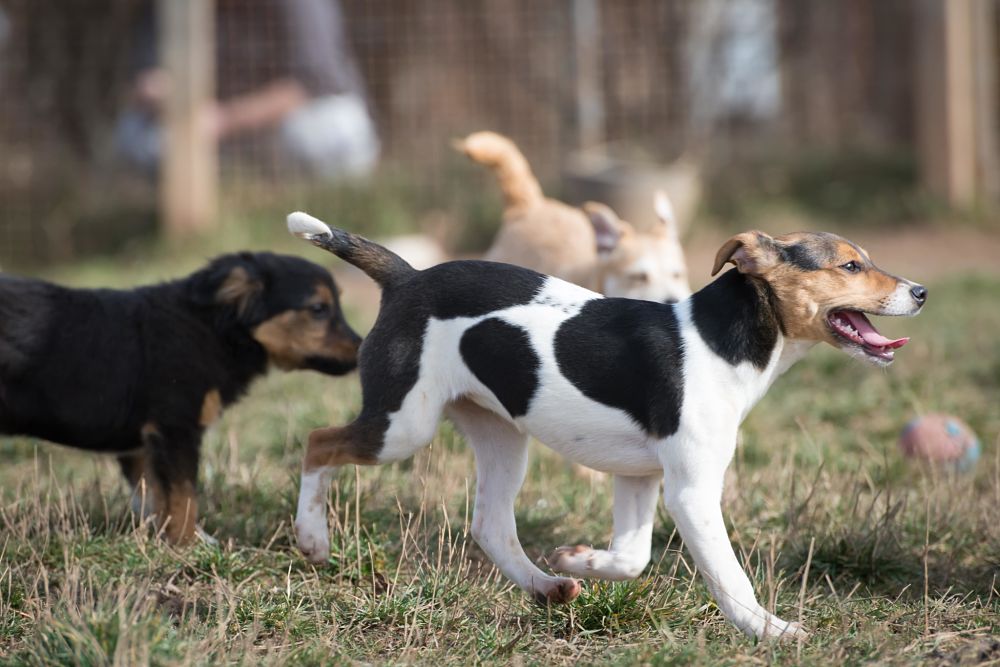
How to Socialize Your Dog
by Jane Meggitt - 7/1/19
Well-socialized dogs are a joy to their owners and the people and other dogs in which they come in contact. Many of them were originally nervous or fearful, but their owners’ work and determination made all the difference. It’s never too early to start socializing your dog, but it’s also never too late.
Obedience Training
How to socialize your dog? One of the best investments you can make in your pet is taking him to obedience classes, starting in puppyhood. Puppy classes are more of an exercise in socialization than training per se. Obedience training is essential, and may even save your dog’s life. In an introductory class, not only will your dog learn obedience basics – such as sit, stay, heel and that all-important command to come when called – but he’ll also meet other dogs and their people. You also have a trainer on hand who can help with special issues and let you introduce your pet to new people and their dogs in a safe manner.
Puppy Socialization
The greatest gift you can give your puppy is socialization, according to the American Kennel Club. The AKC notes that if a puppy isn’t well-socialized by the age of 12 weeks, socialization becomes more difficult. Much of socialization involves letting your puppy see – and to some degree, explore – his new world. That means taking him on lots of walks so he can encounter people of all ages, dogs and other animals, bicycles, various surfaces, lawn mowers and all the strange new items we take for granted. Many pet stores allow shoppers to bring their leashed dogs inside, and this is another good opportunity for puppy socialization.
Puppies will need a full set of vaccines, so going to the vet isn’t usually a positive experience in their developing minds. Most vets will let you bring your puppy in for a friendly visit, where he can receive treats in the waiting room and – more importantly – realize that going to the vet has its plus sides.
Adult Dog Socialization
Many dog lovers adopt grown dogs, and if these canines aren’t socialized properly, their new owners have some work to do. If the dog isn’t too anxious and he has basic obedience skills, a visit to the dog park when it isn’t crowded is a good idea. The dog must know to come when you call her. Start by letting her see the other dogs without actually letting her loose in the dog park. Bring plenty of treats to reward her when she sees a fellow canine and doesn’t get excited. Take her for a couple of visits and ensure she’s relatively calm before letting her run off-leash in the dog park. Don’t stay long on these initial visits, as shy dogs may become overwhelmed. Let her proceed at her own pace, and lengthen the visits as she becomes more comfortable with other dogs.
With older dogs, especially shy ones, it’s best not to introduce too many new people or dogs at one time. Aim to let your dog make one new “friend” every week. As always, make the experience positive and give your dog a treat and praise her when she approaches the person, but never force her to do it. Of course, it’s always an incentive when the new person also has a treat for her.
Socialization Never Stops
Even if your dog is fairly socialized, he will become less so if he never meets new people. A dog whose society consists of only a few individuals can lose some of his socialization. That’s why it’s important to continue taking your dog out for social experiences. If he meets new people on a regular basis, he’s less likely to consider strangers scary.
A graduate of New York University, Jane Meggitt’s work has appeared in dozens of publications, including USA Today, The Alternative Daily, nj.com, The Happy Cat Site and The Nest Pets.
References




.jpg)
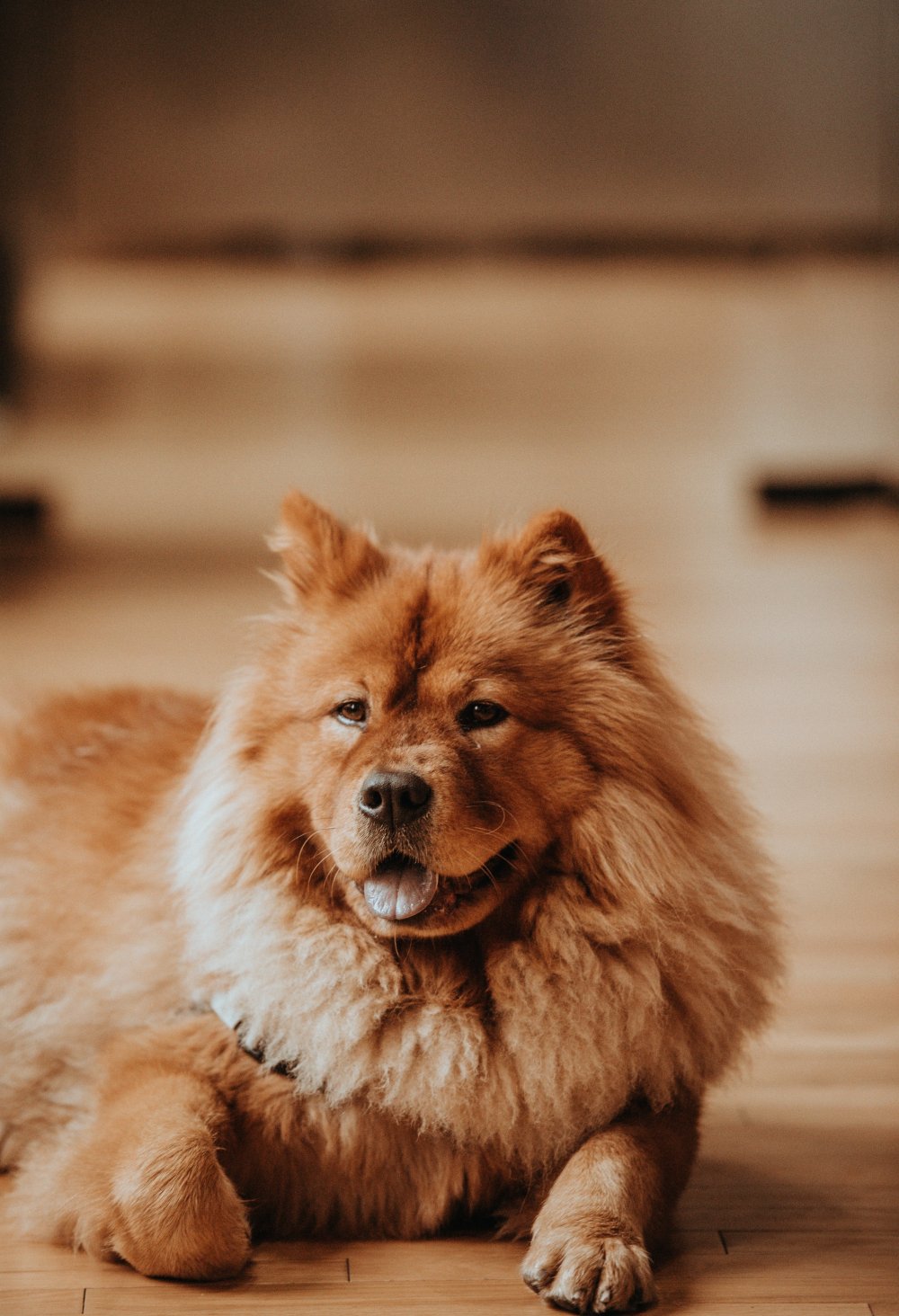
.jpg)

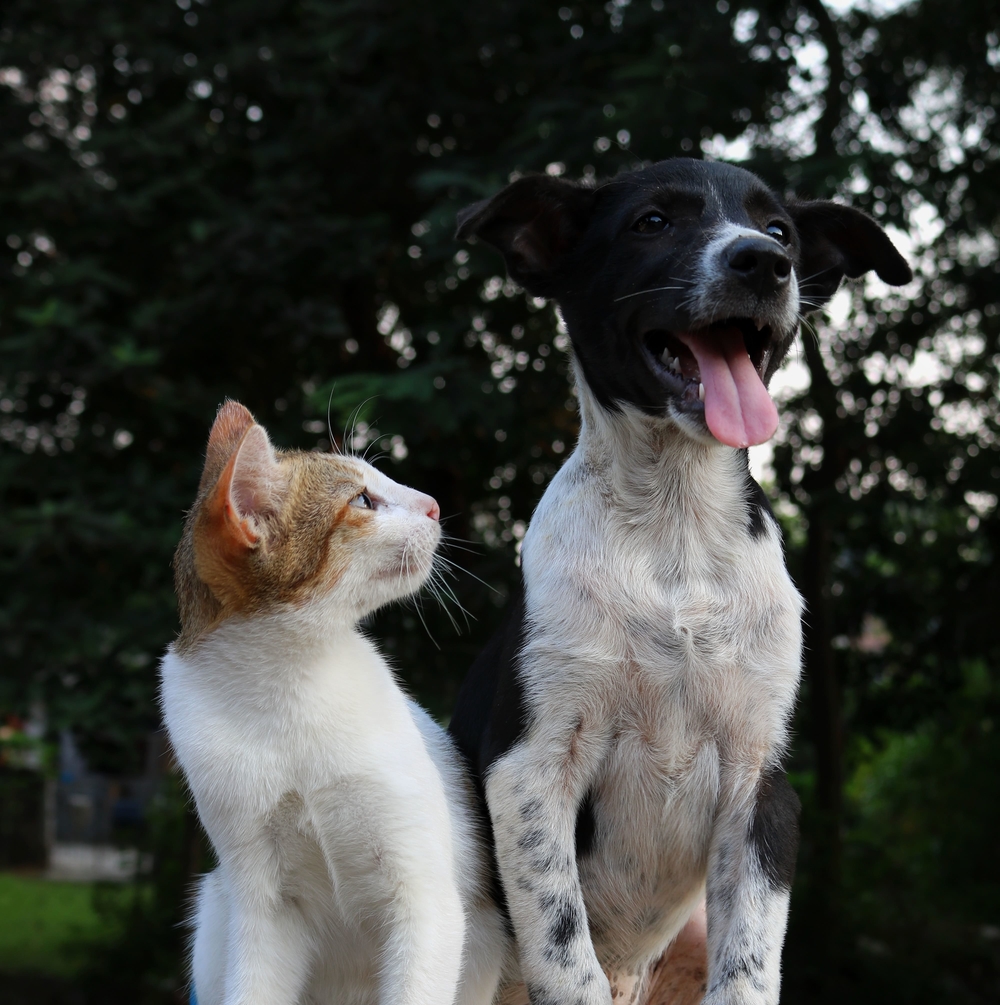

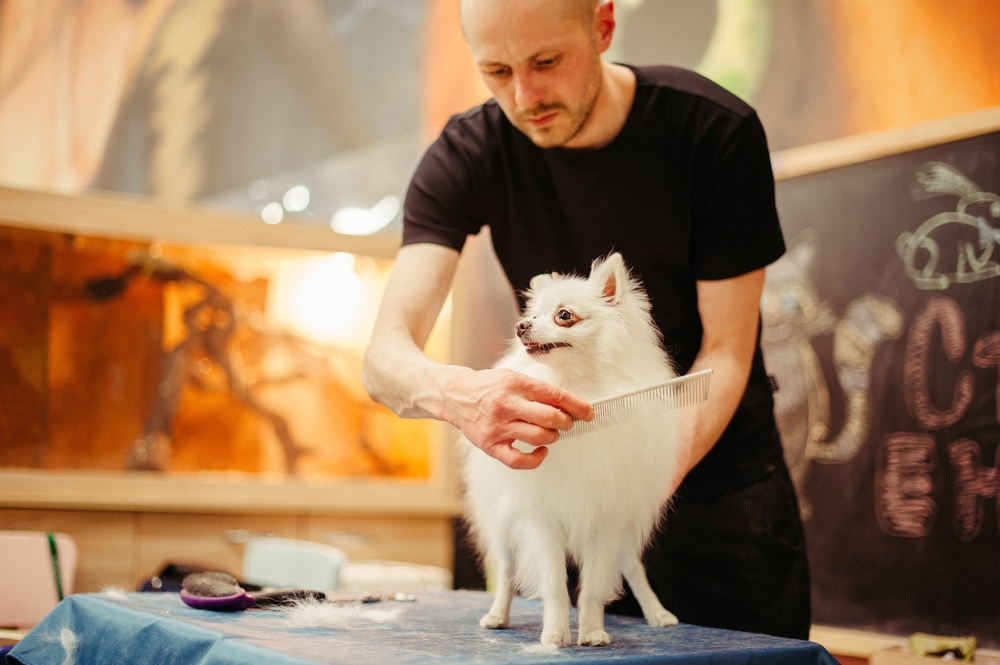
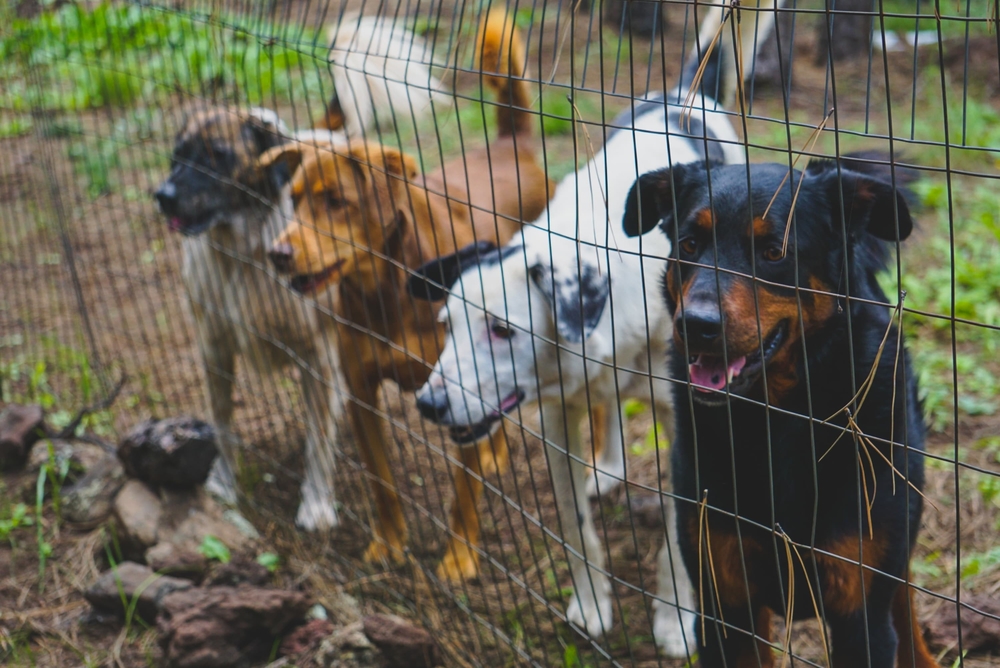




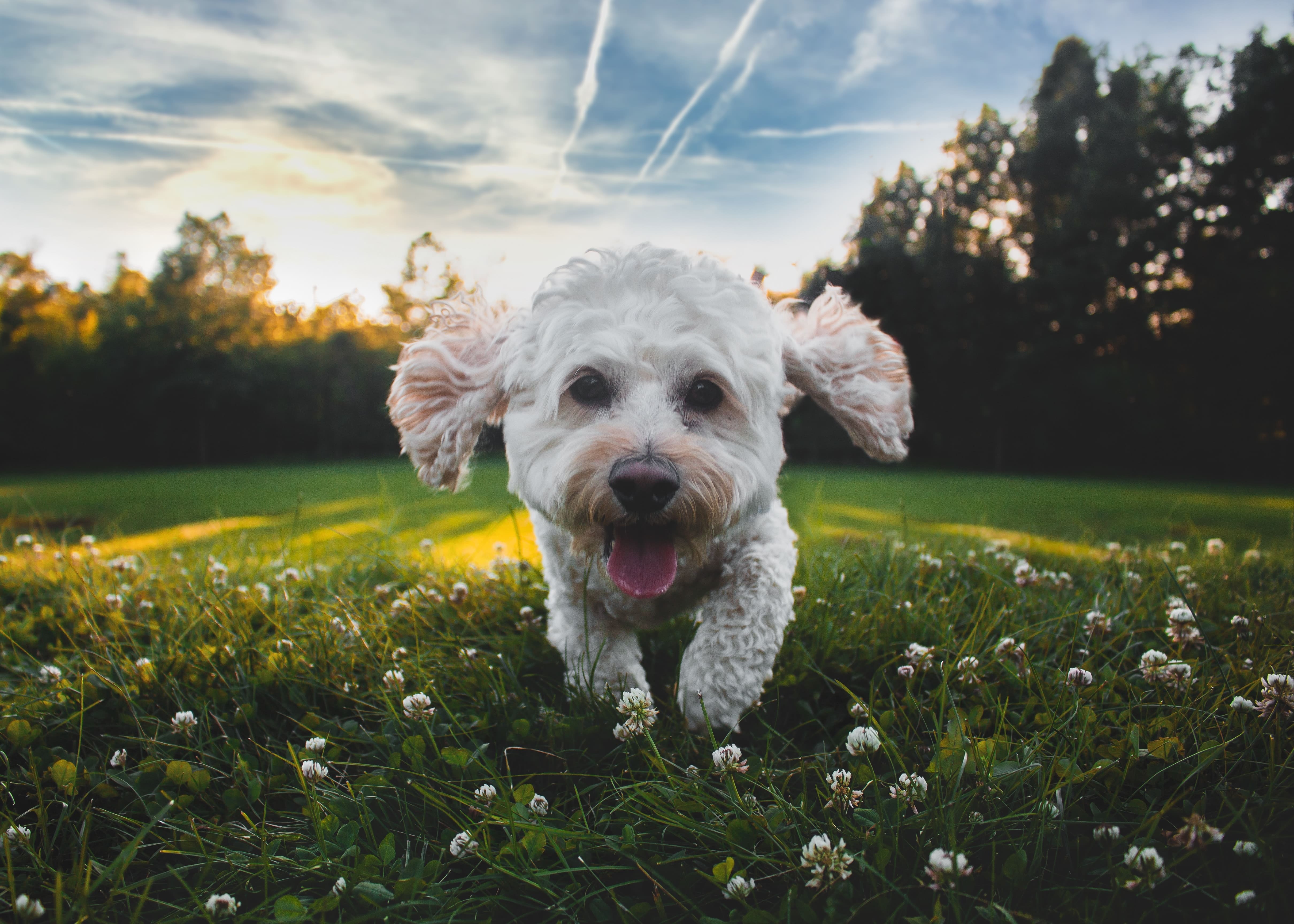

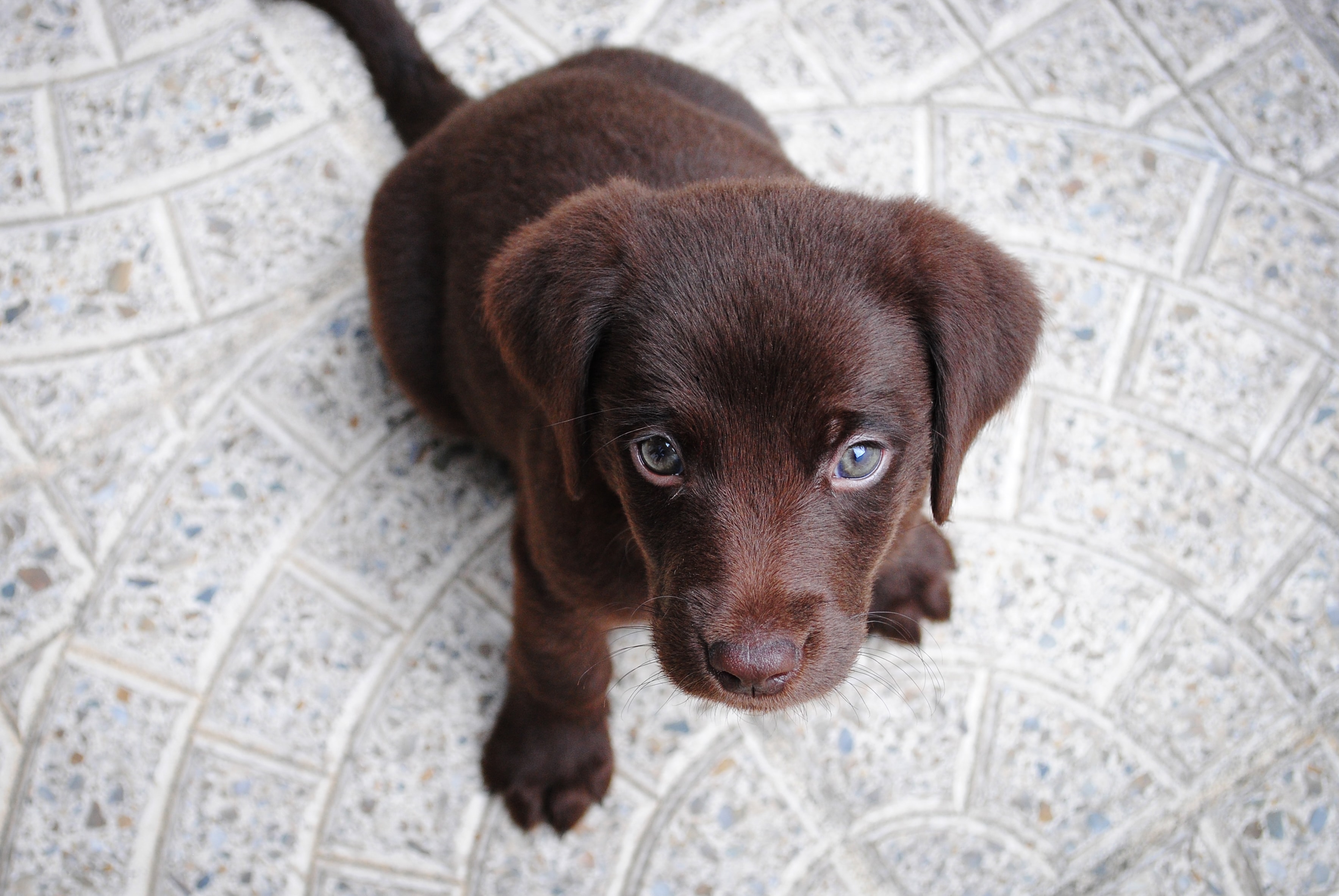
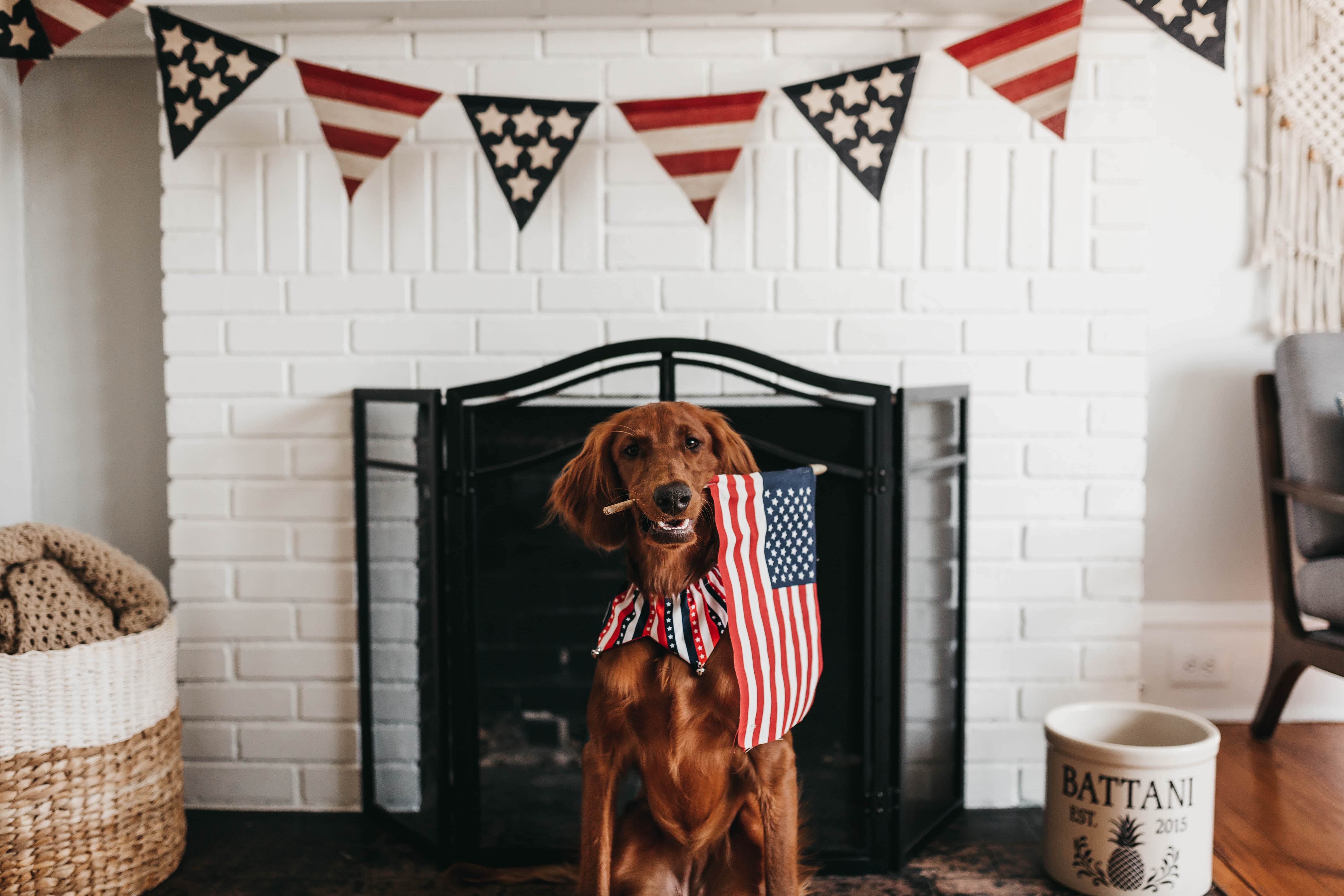
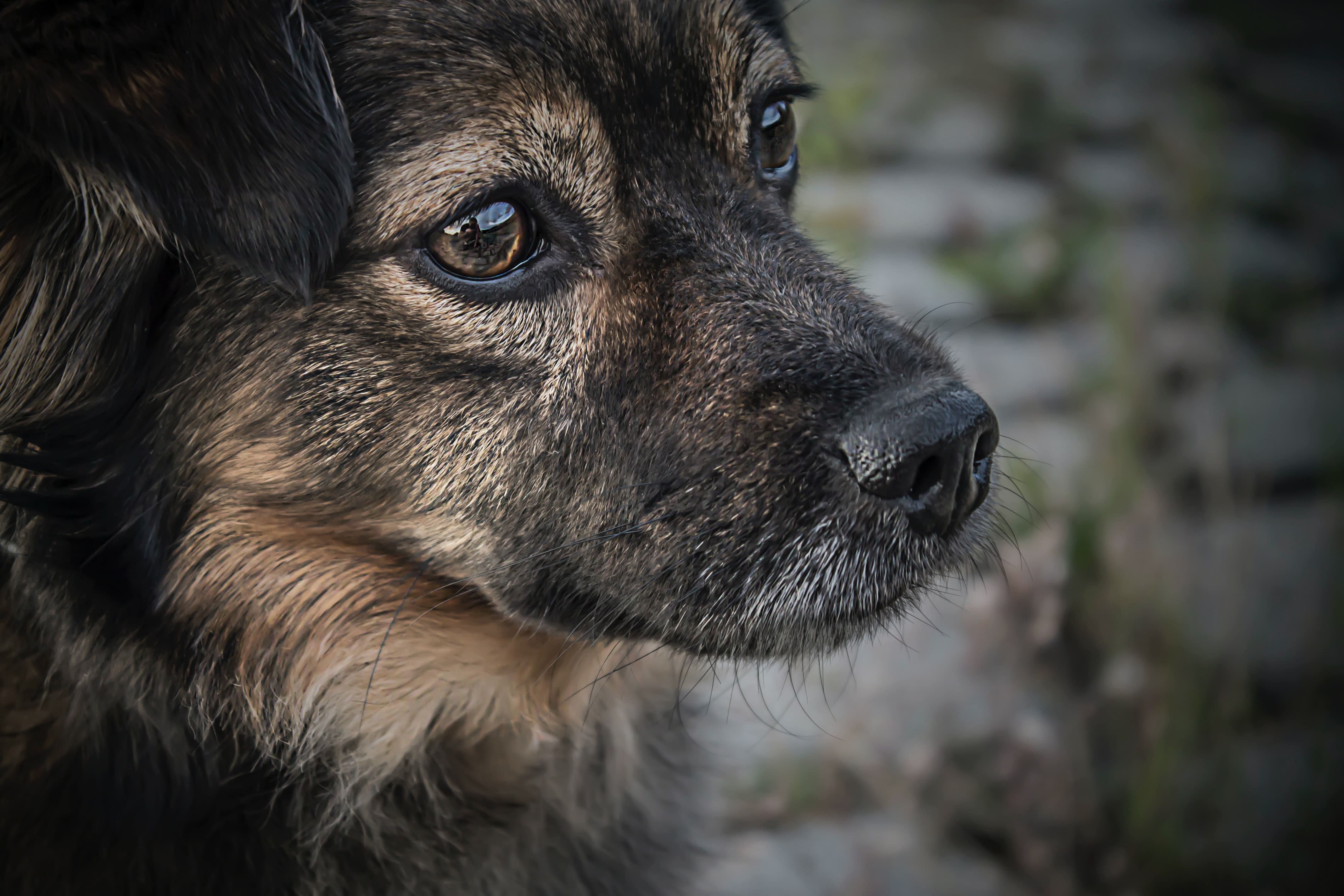


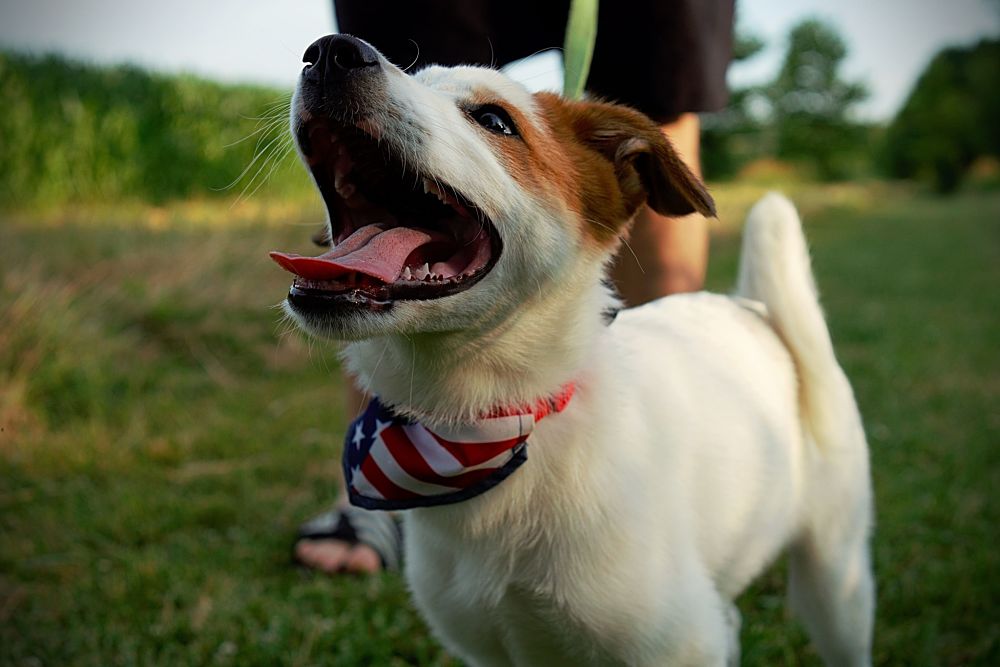
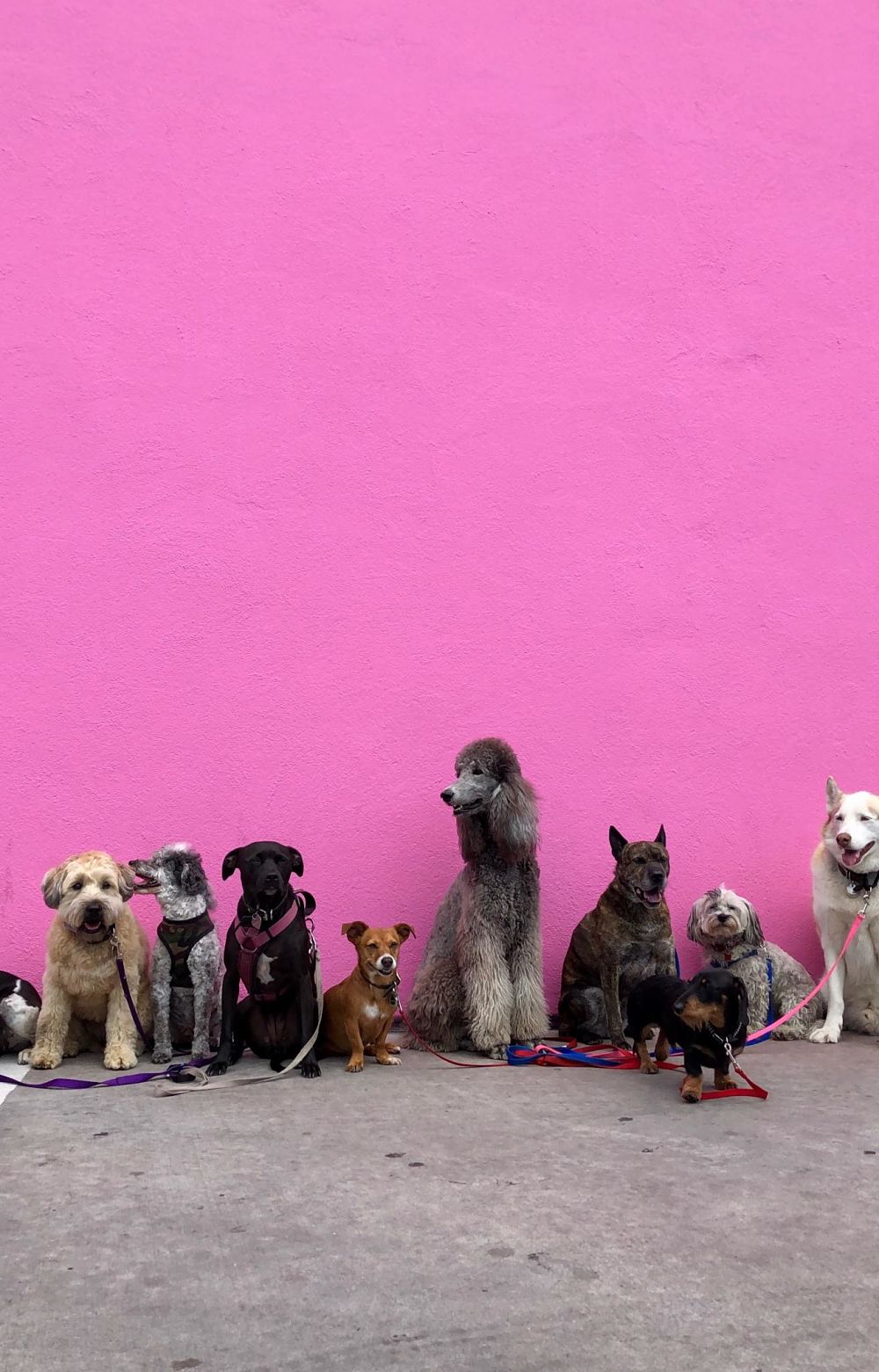

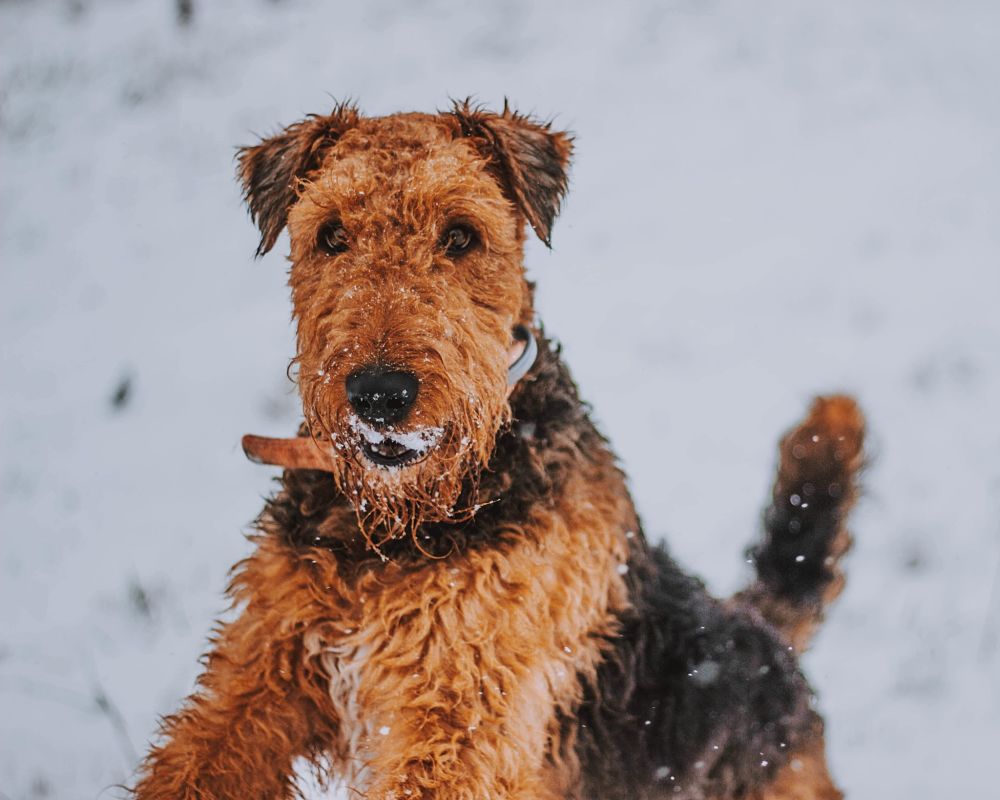
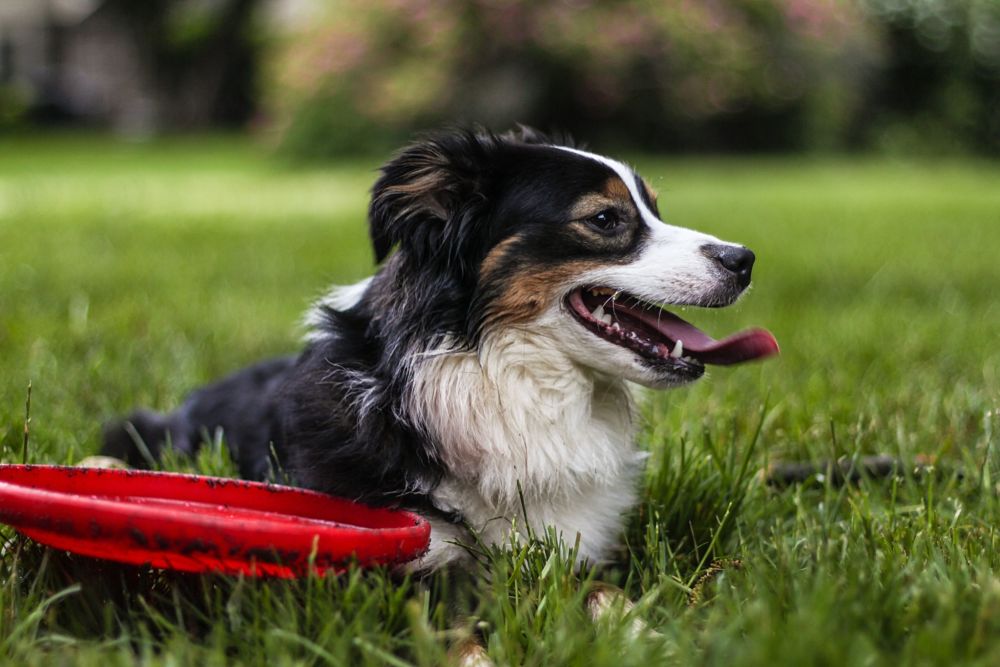


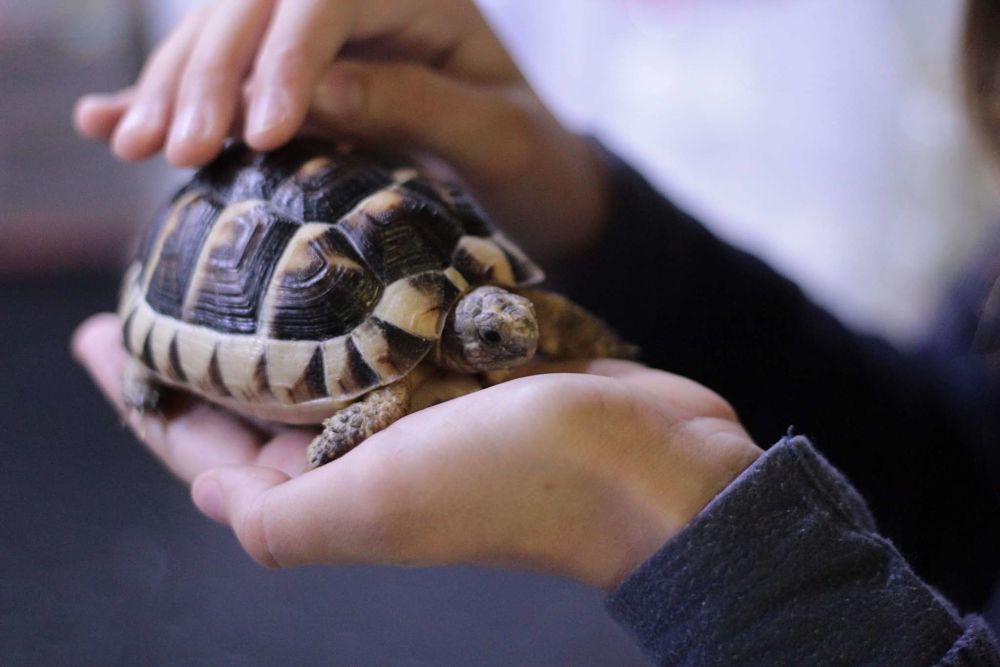
.jpg)
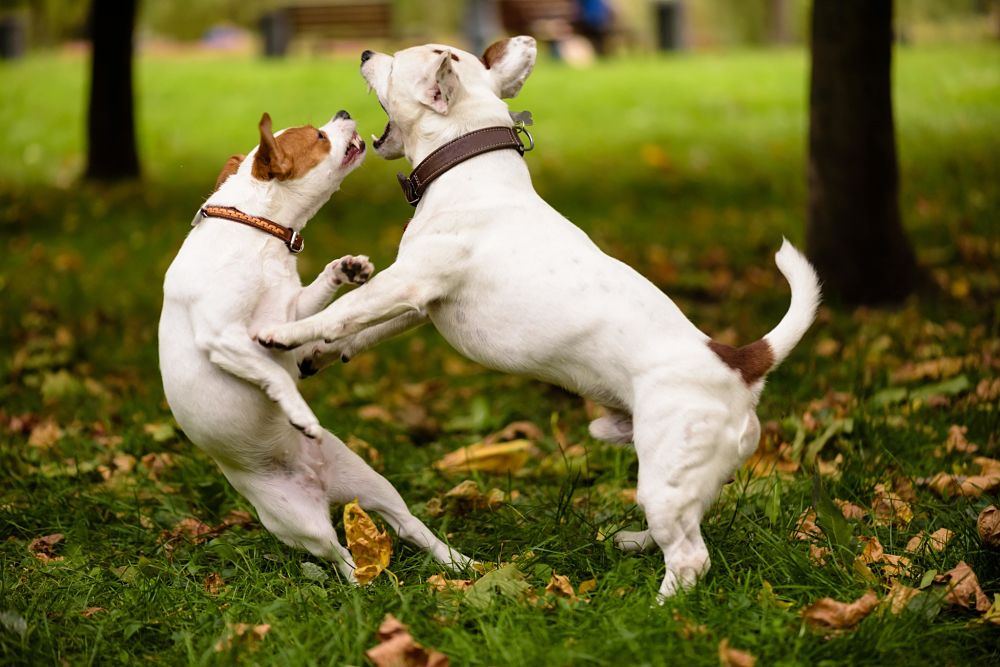
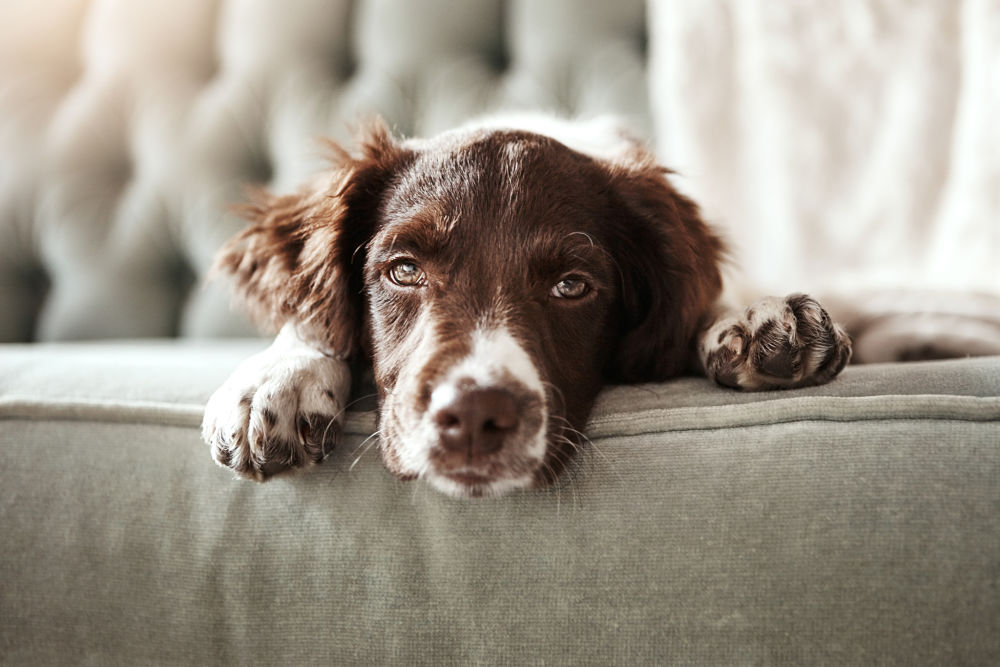
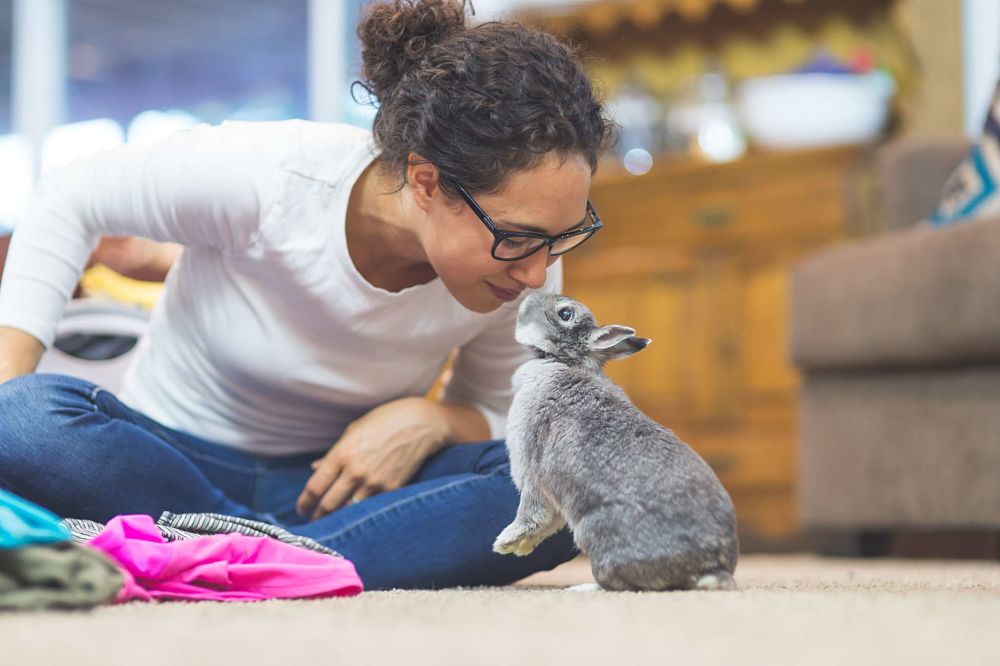
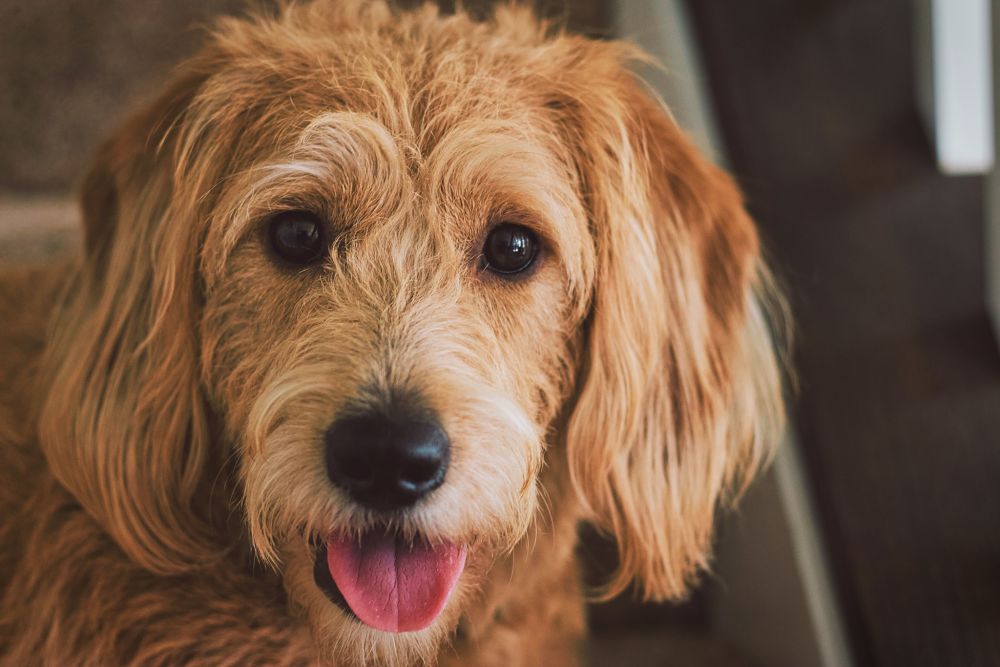
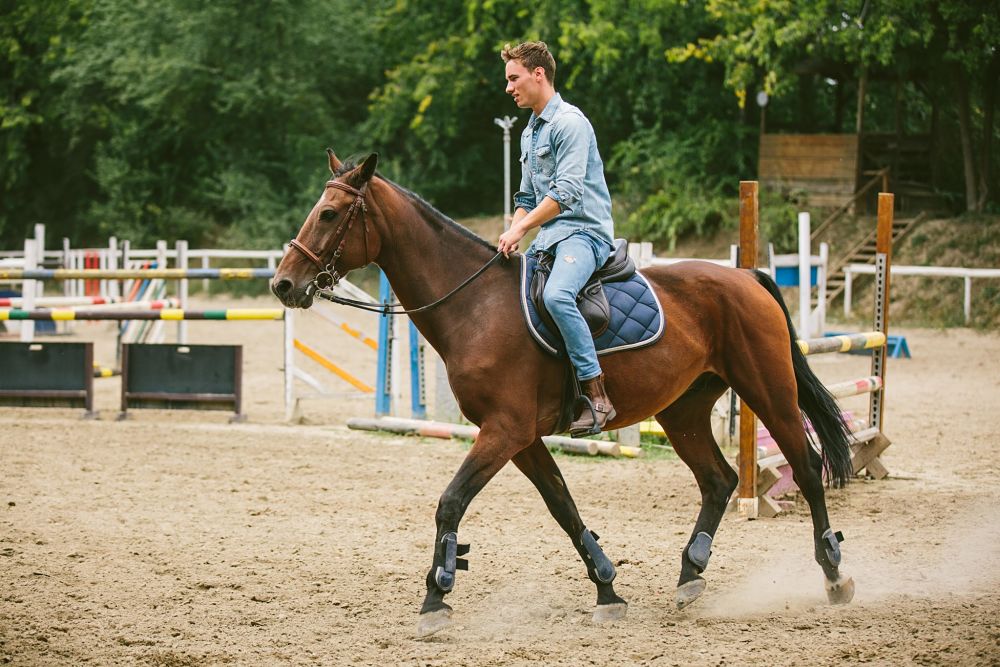

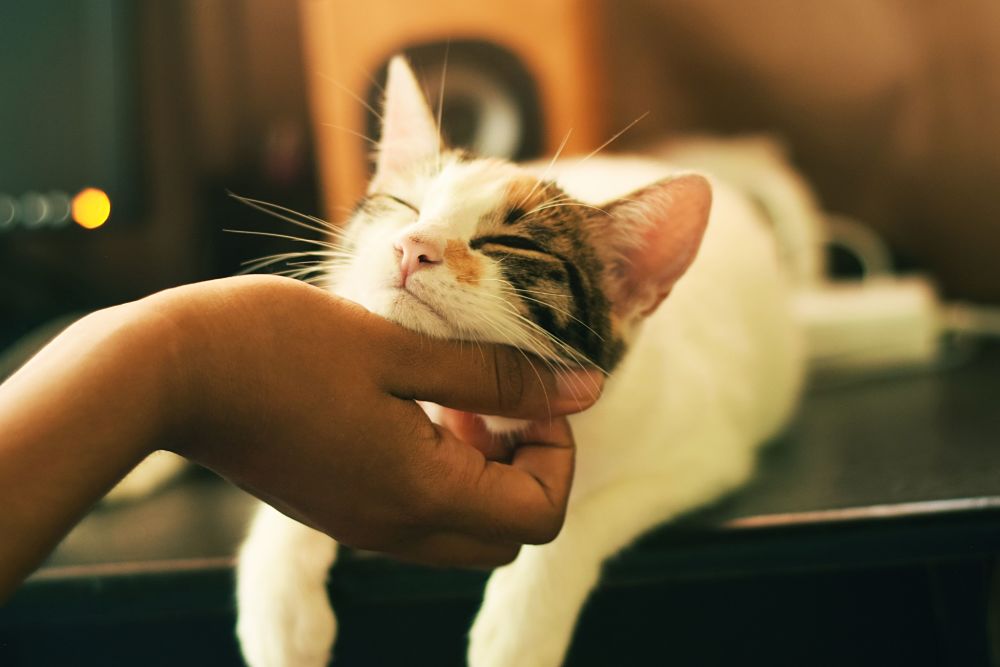


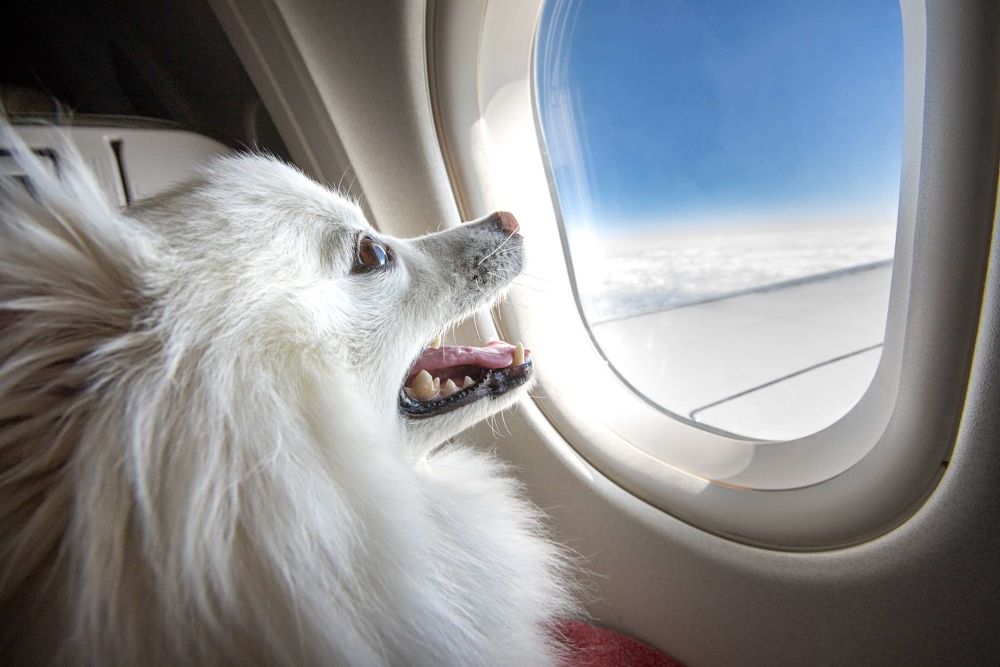
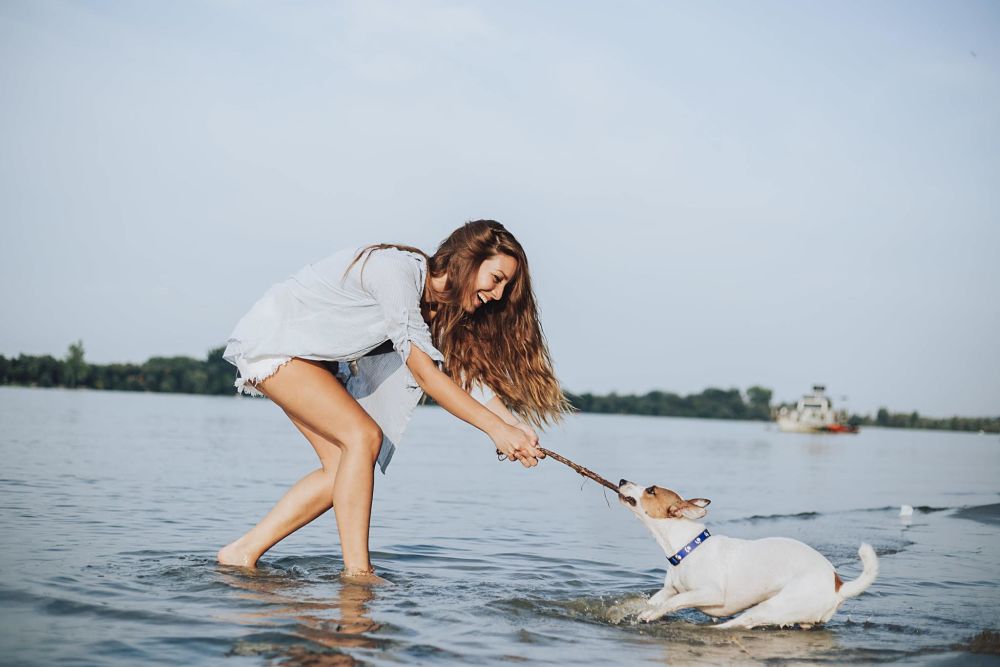
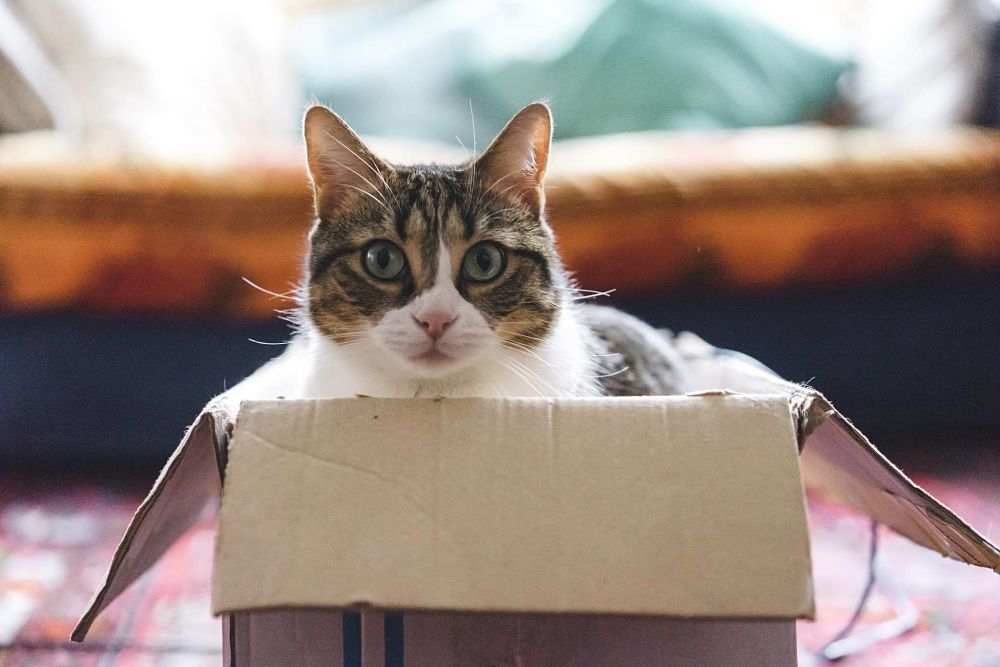

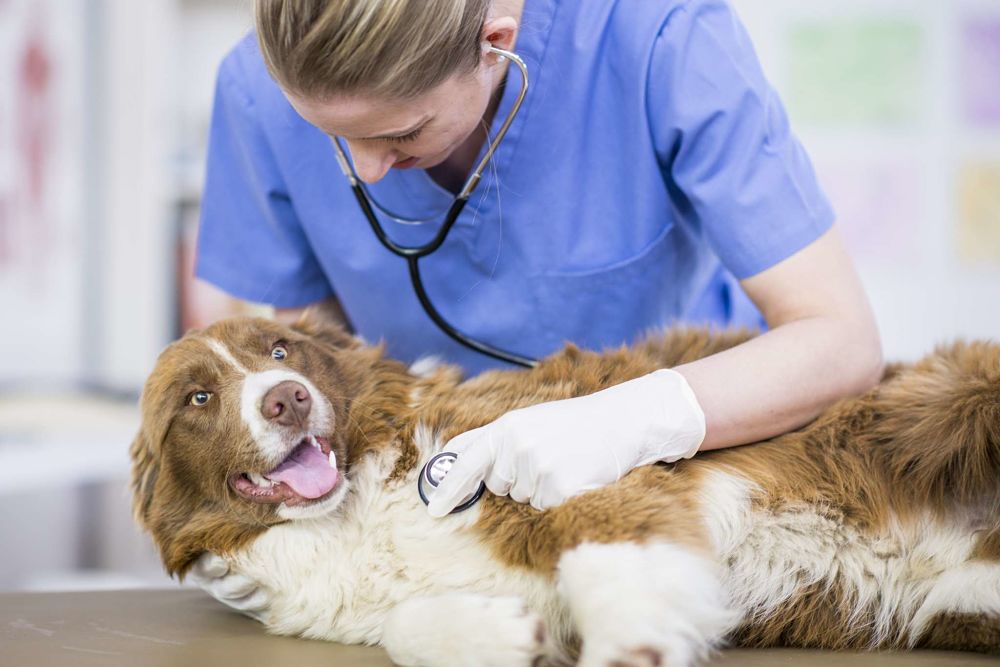
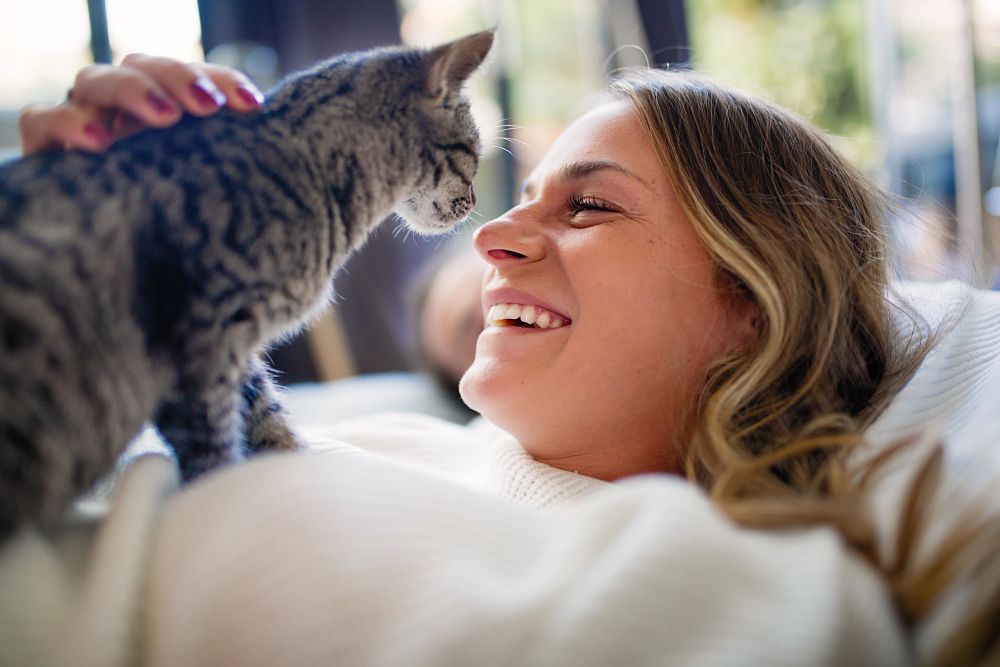




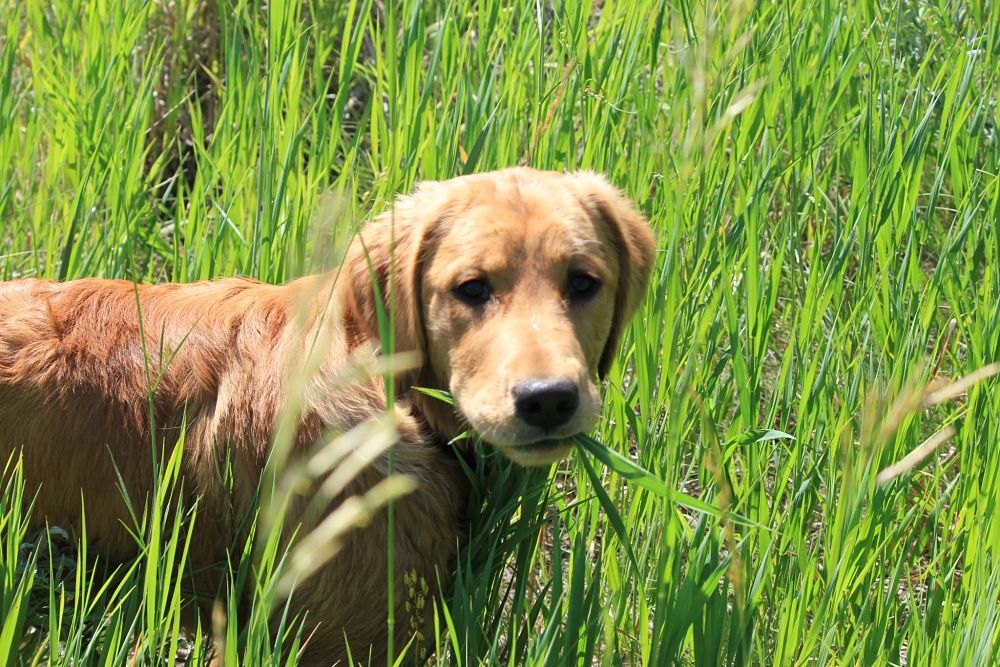
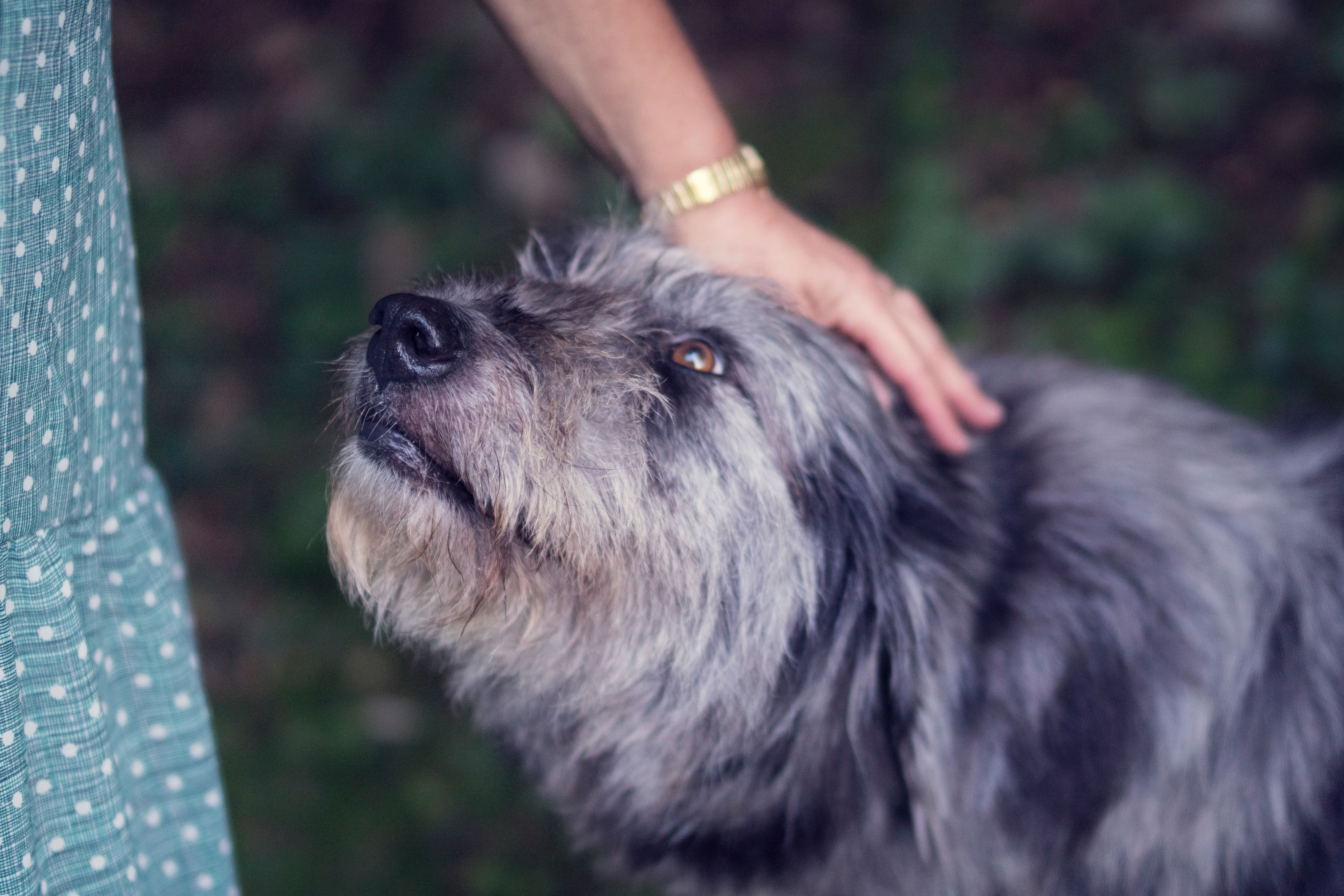

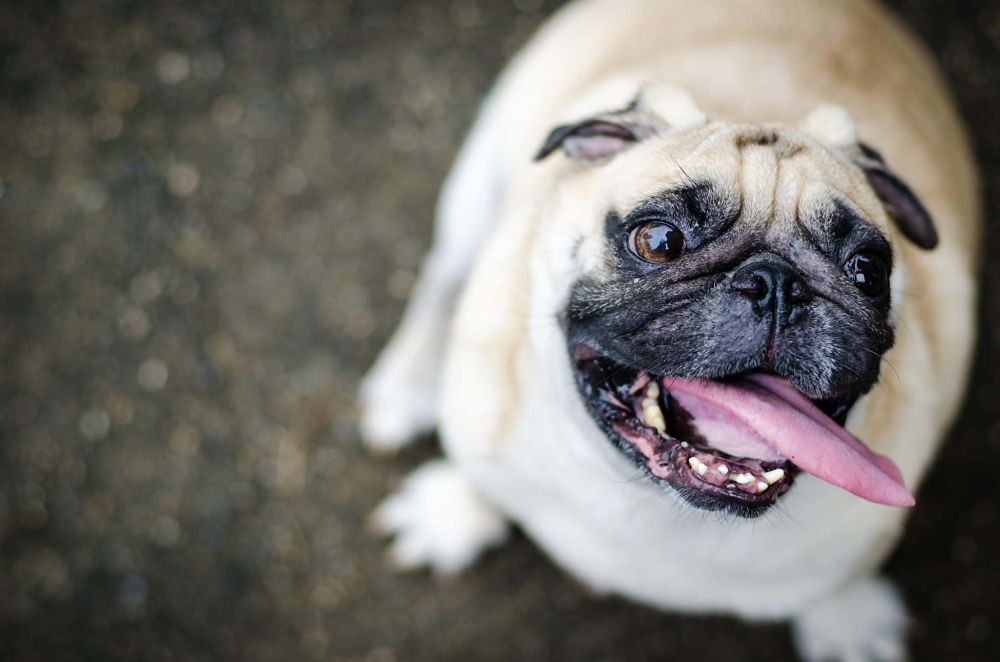
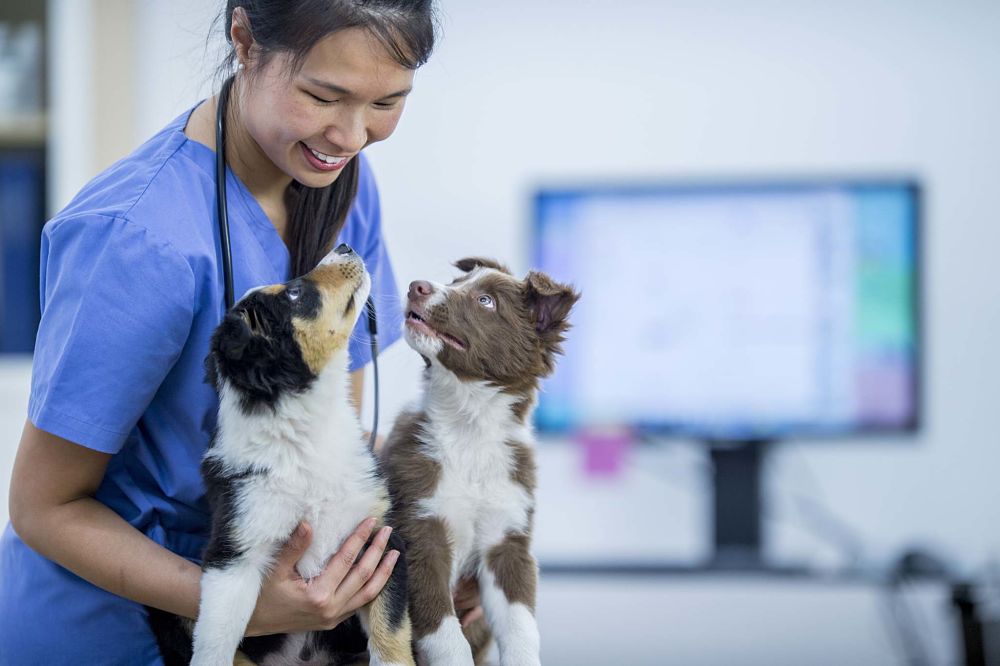
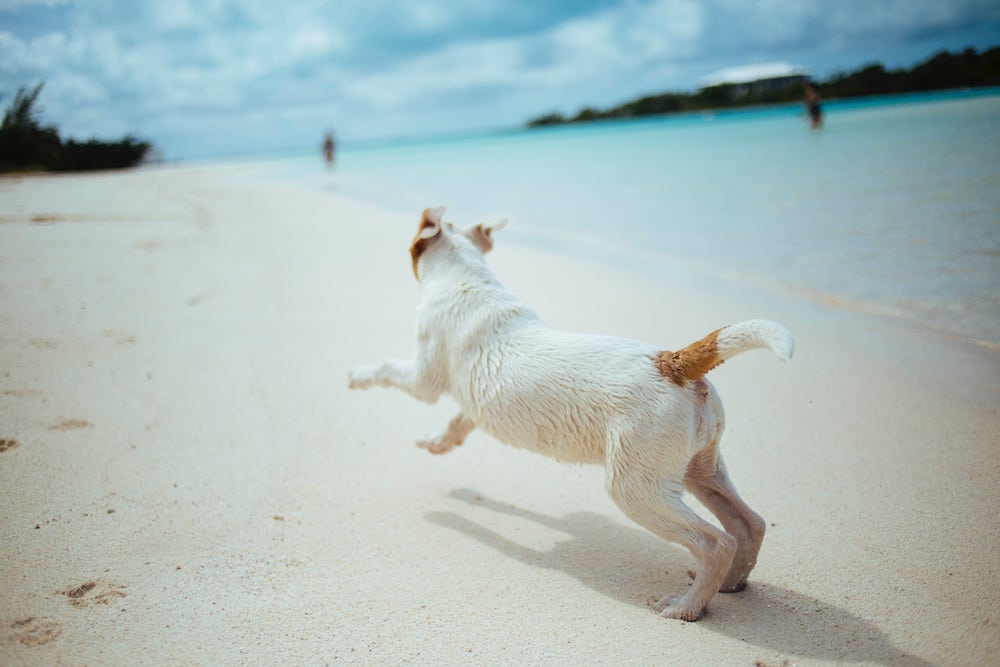

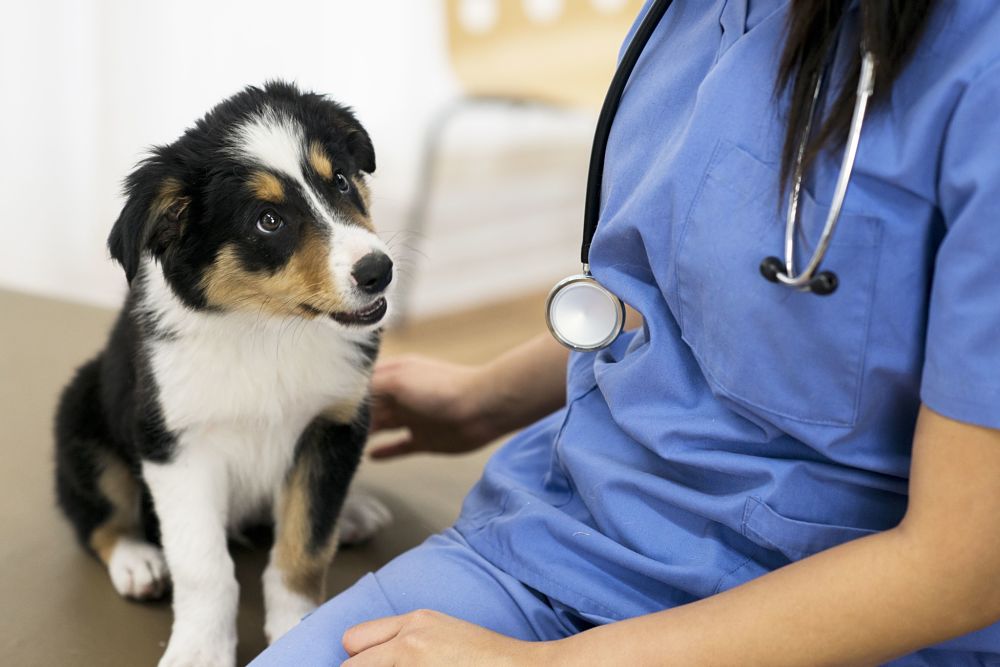

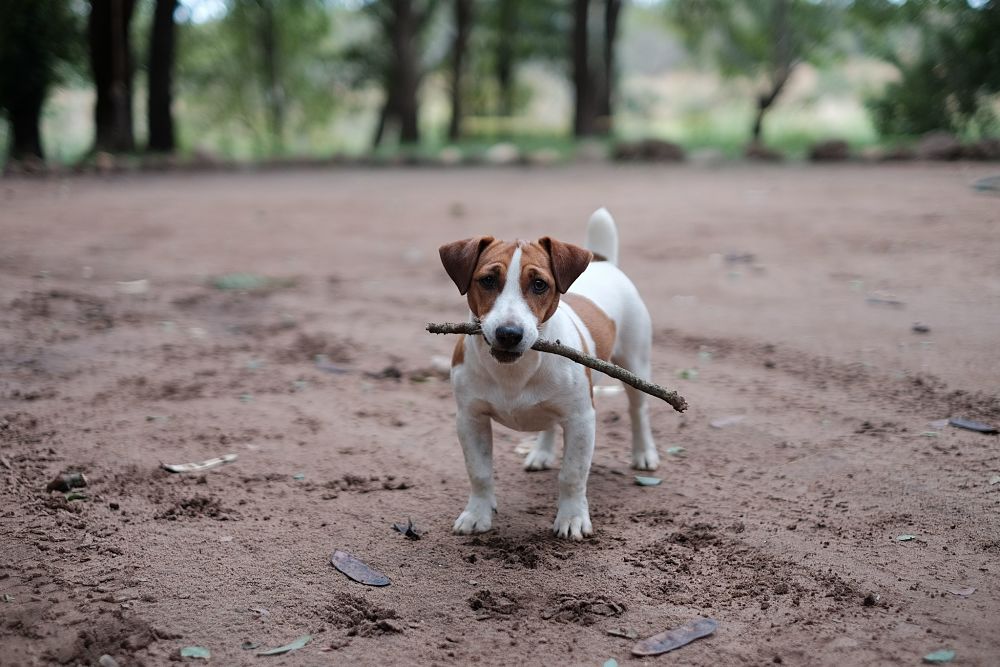

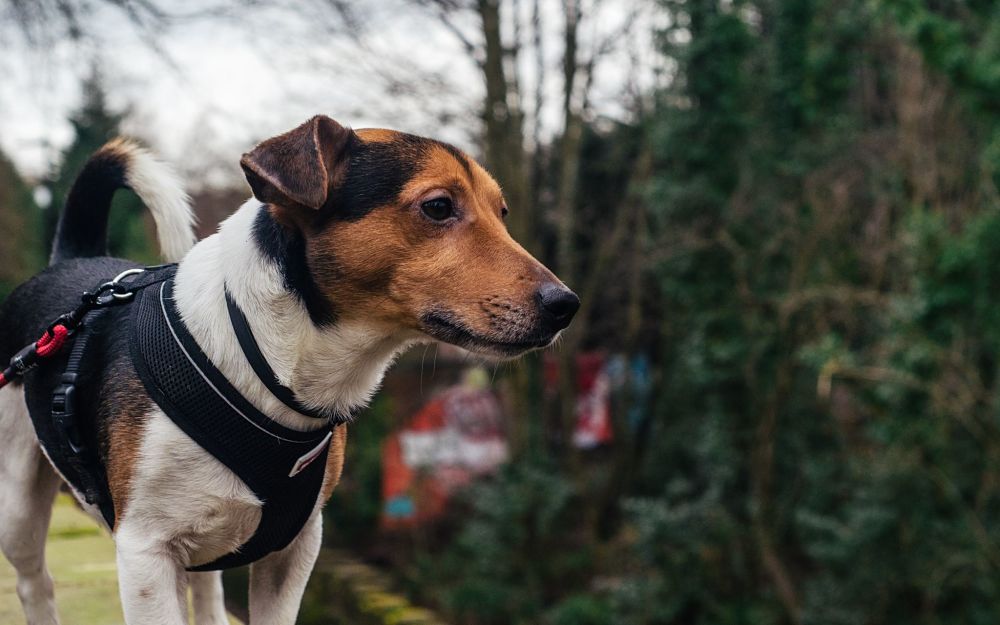

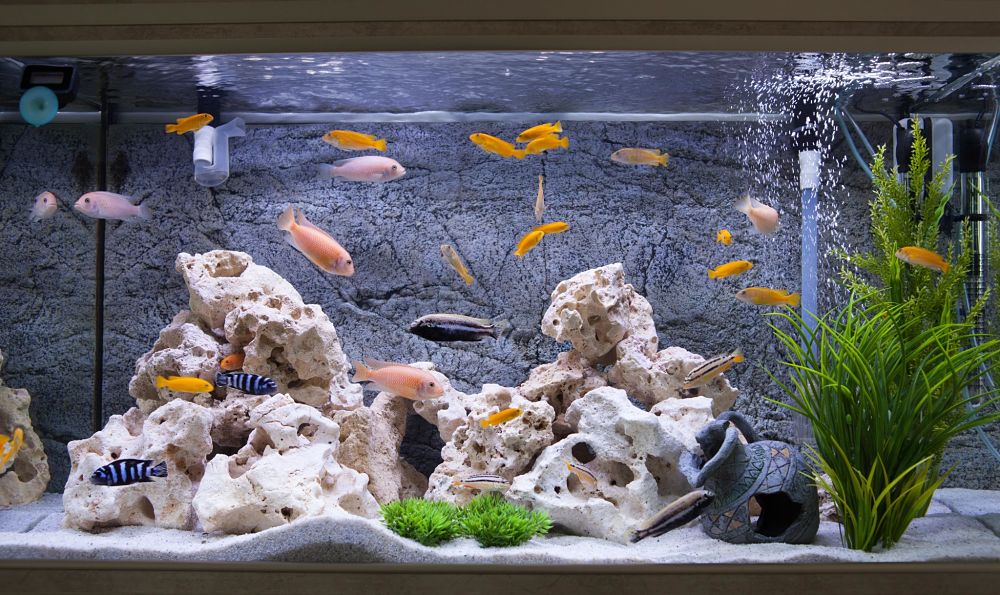


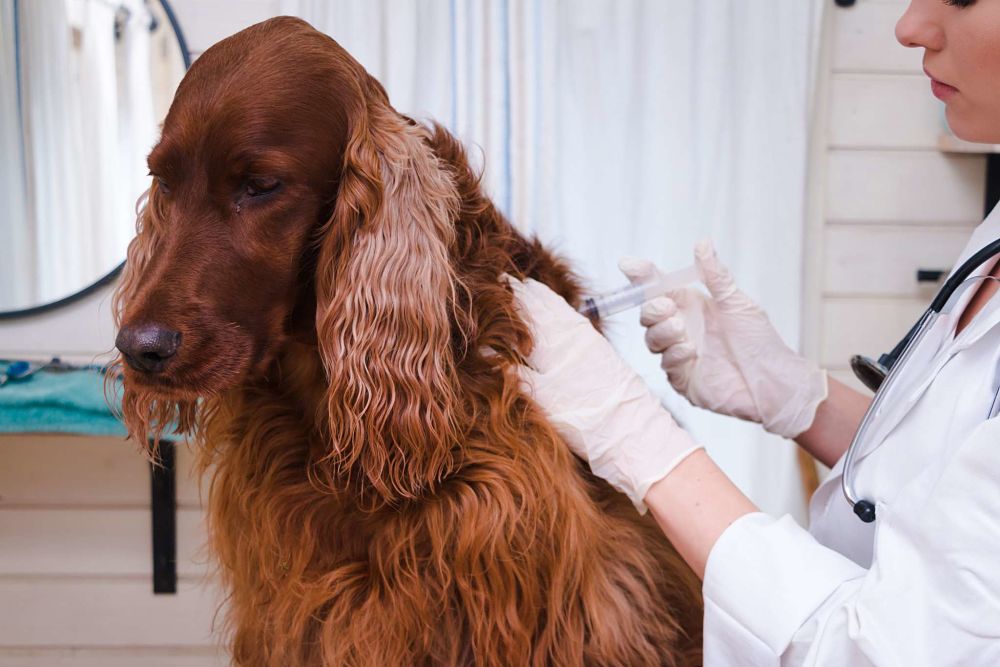
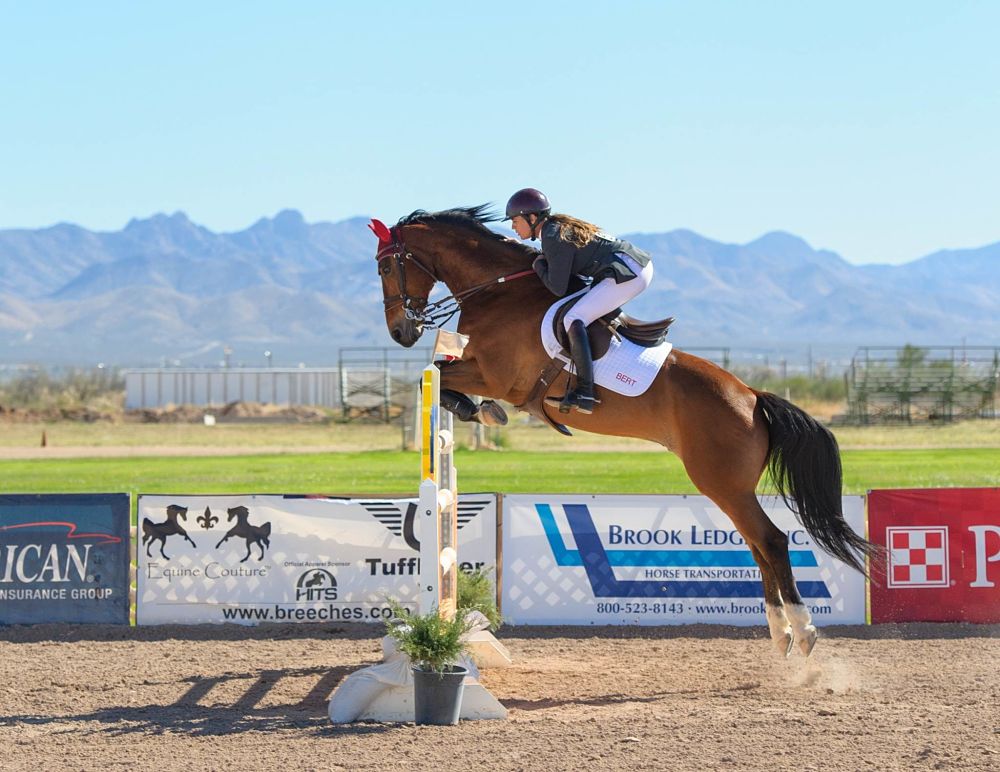



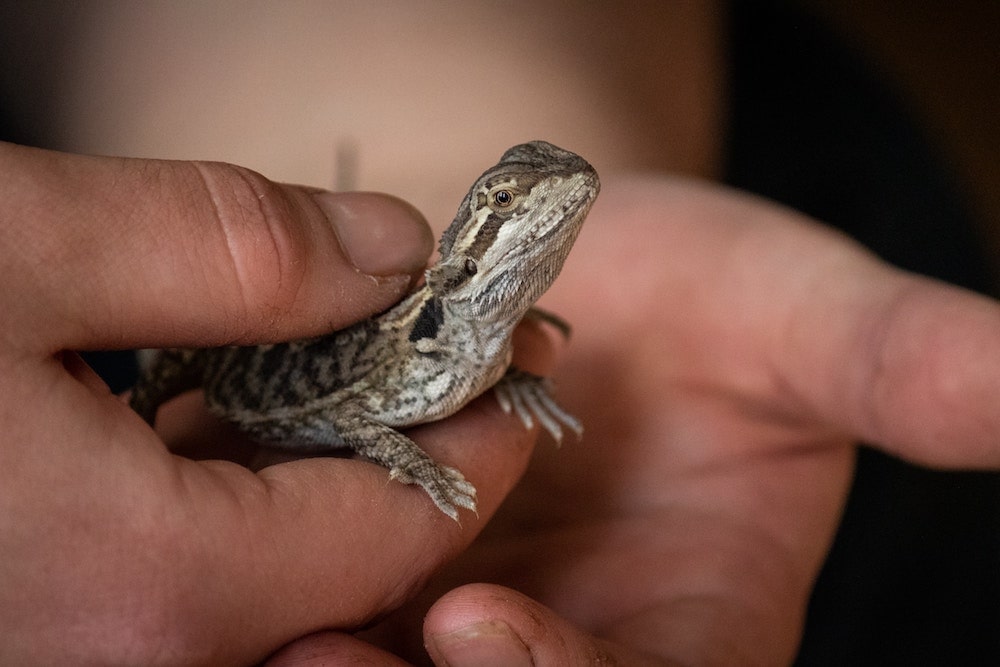
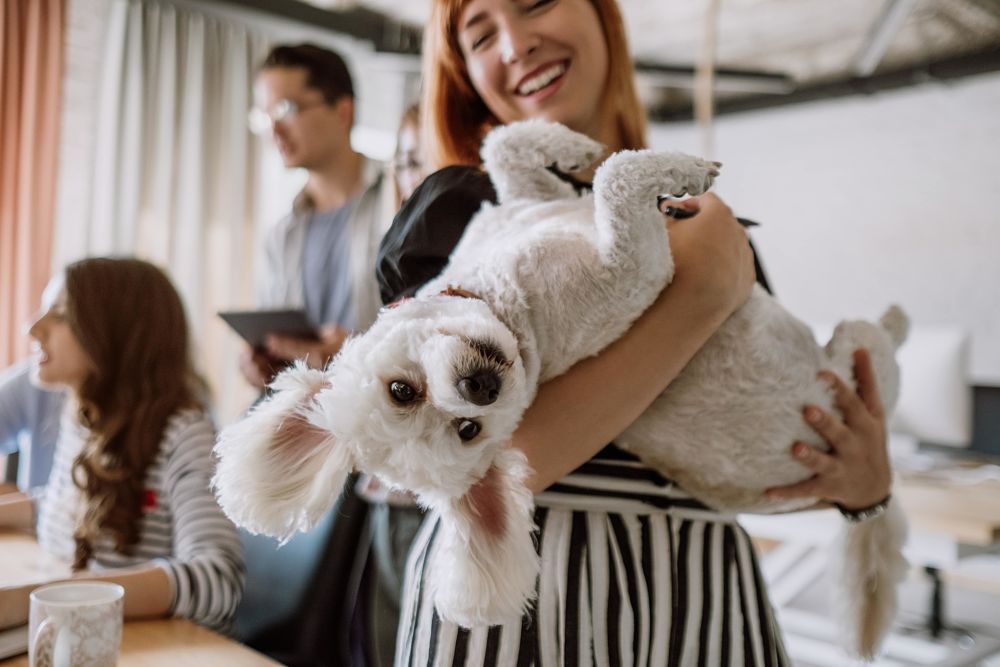
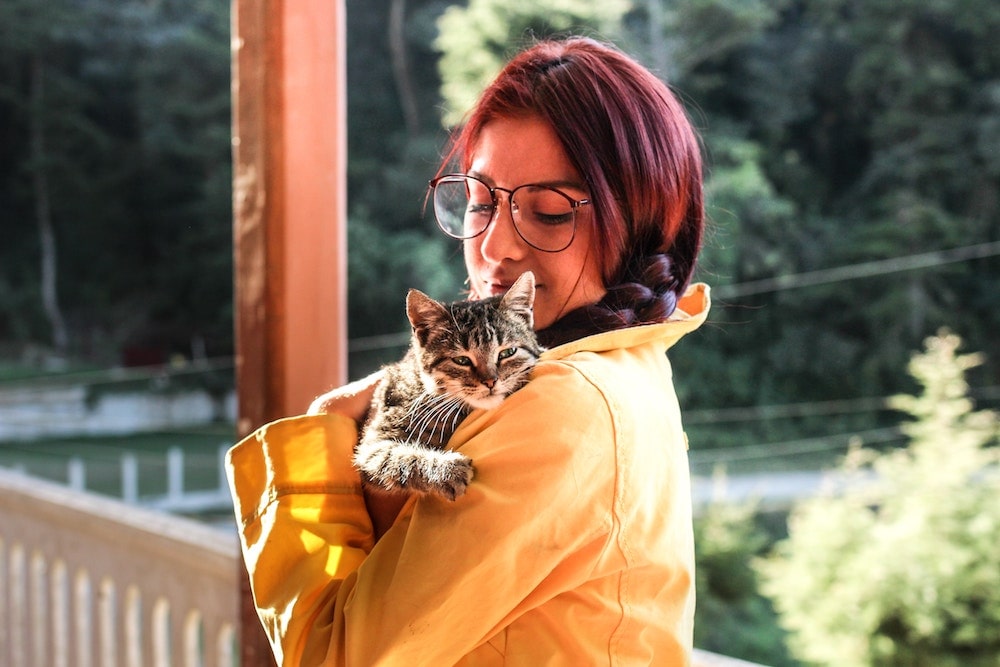
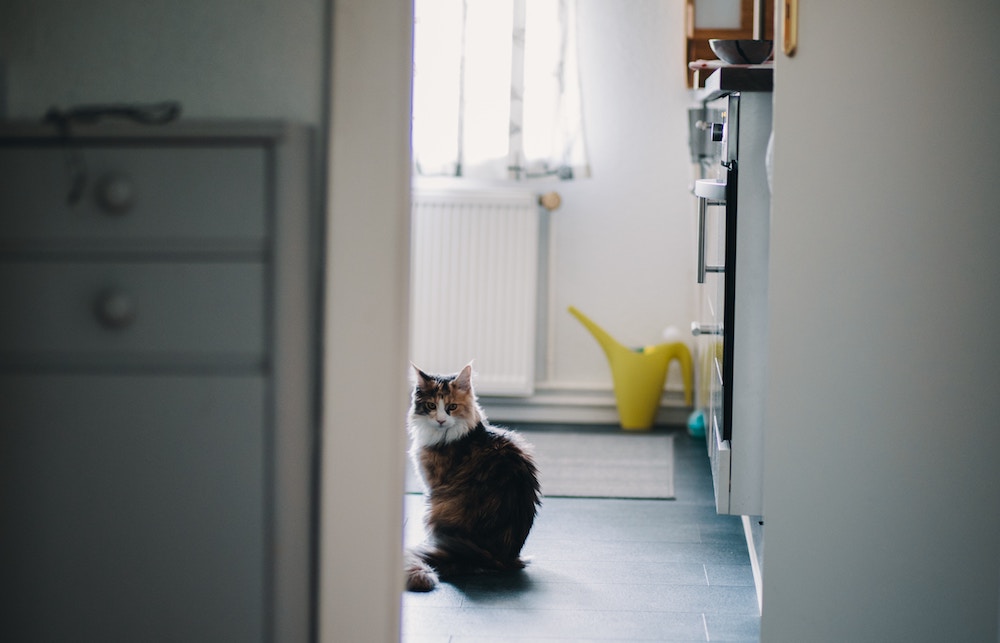
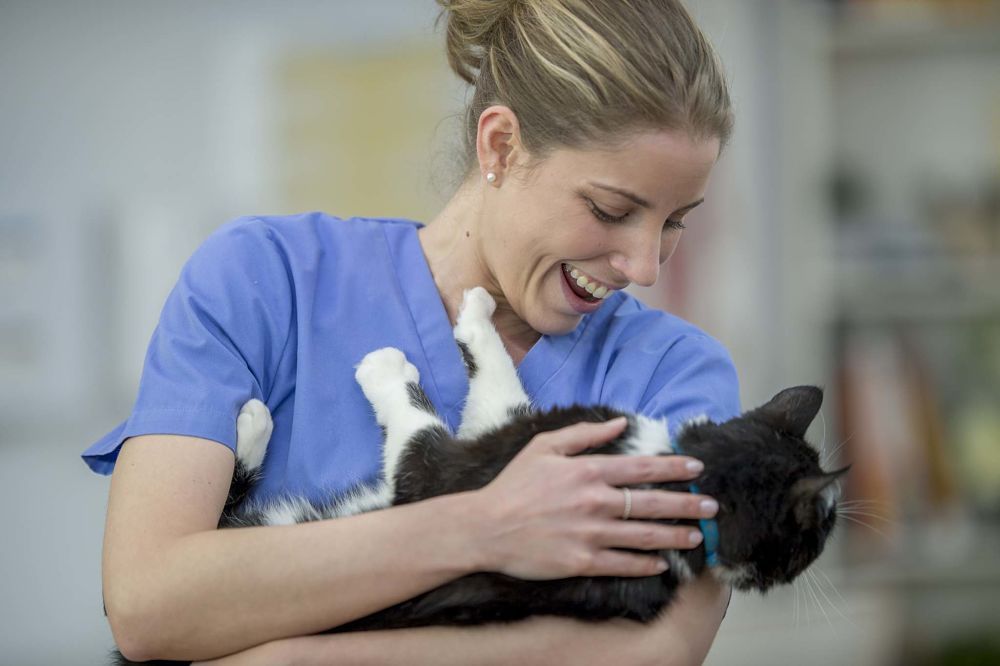

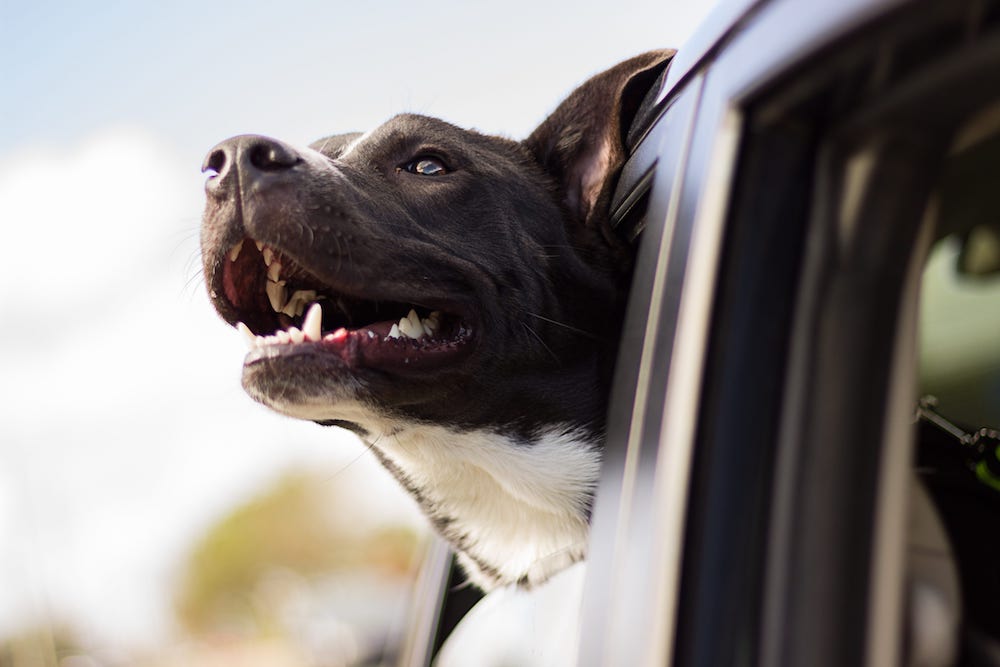
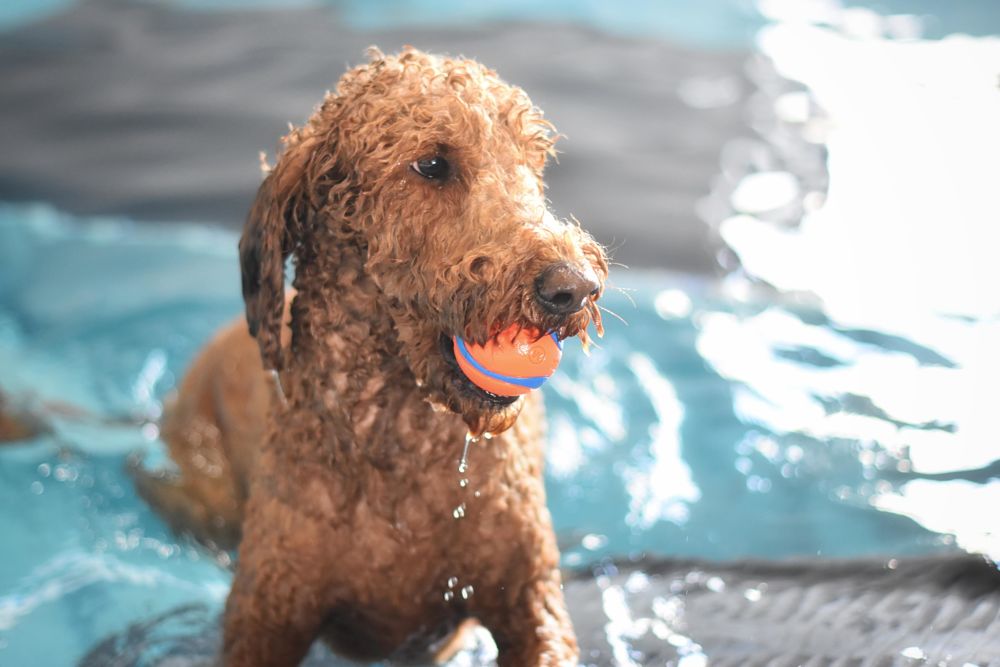



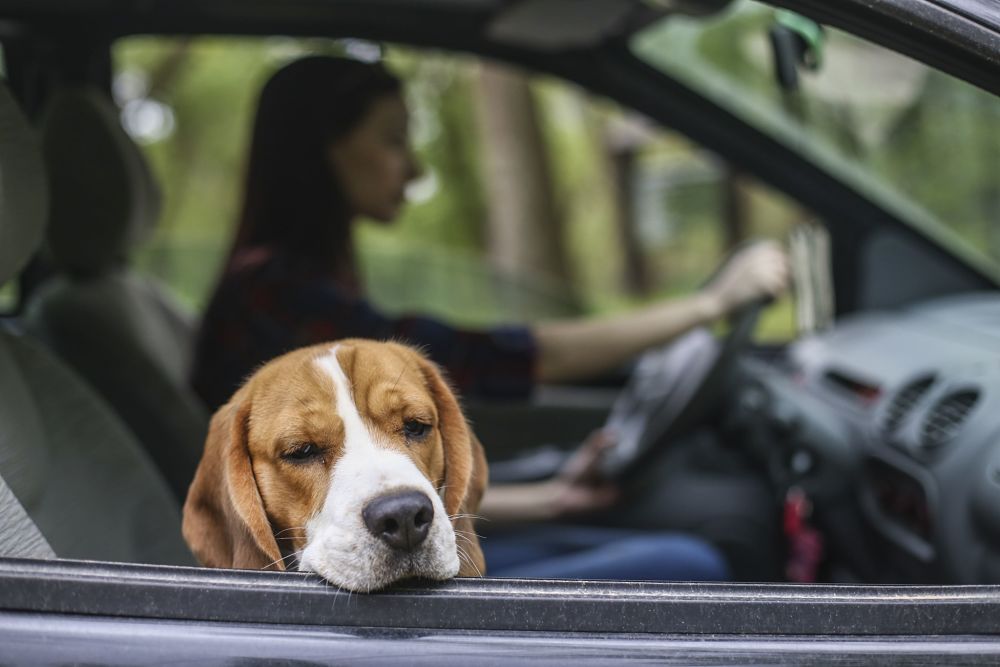
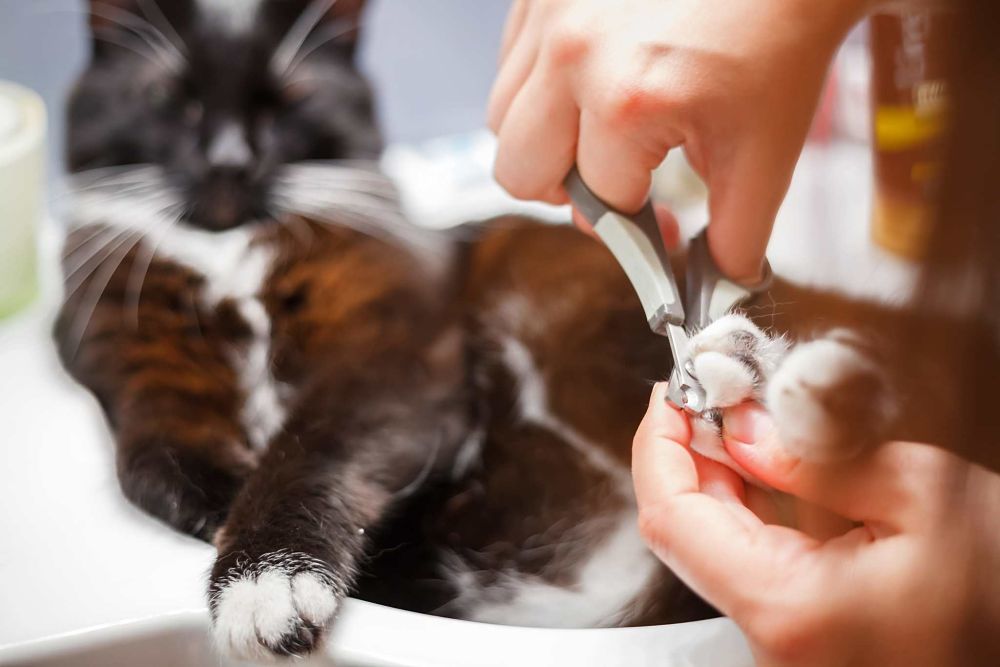
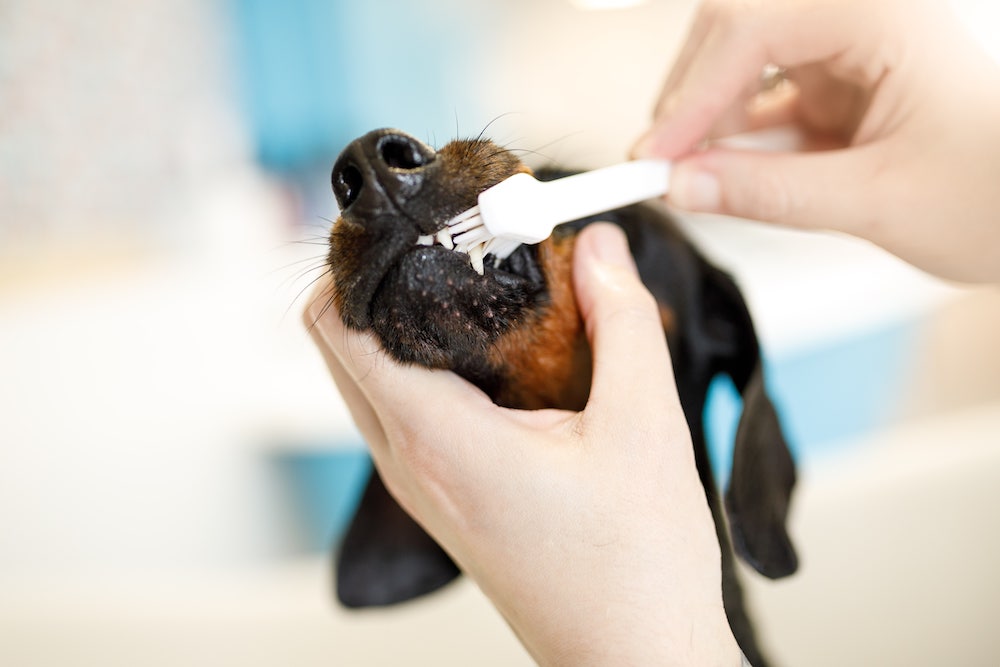
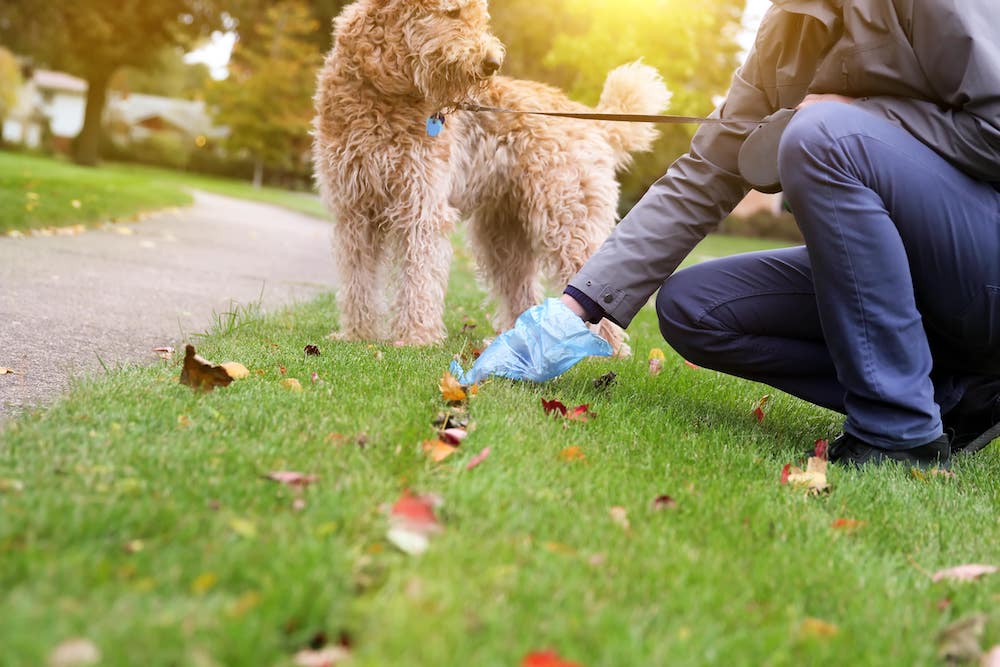

.jpg)
